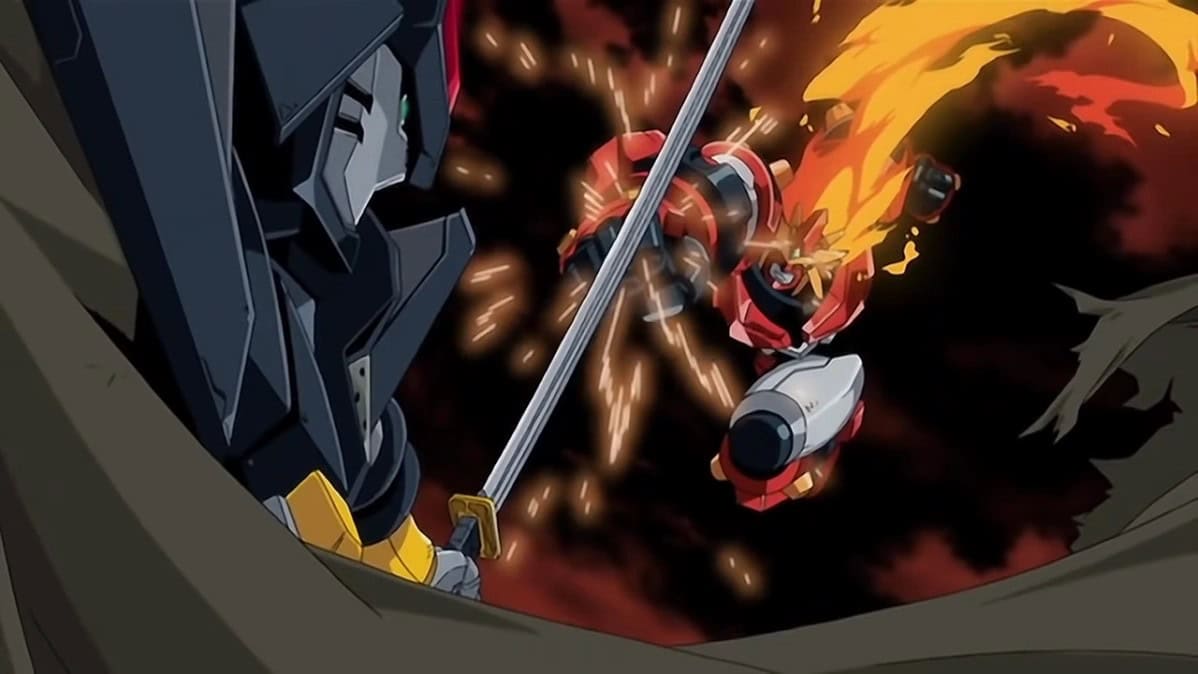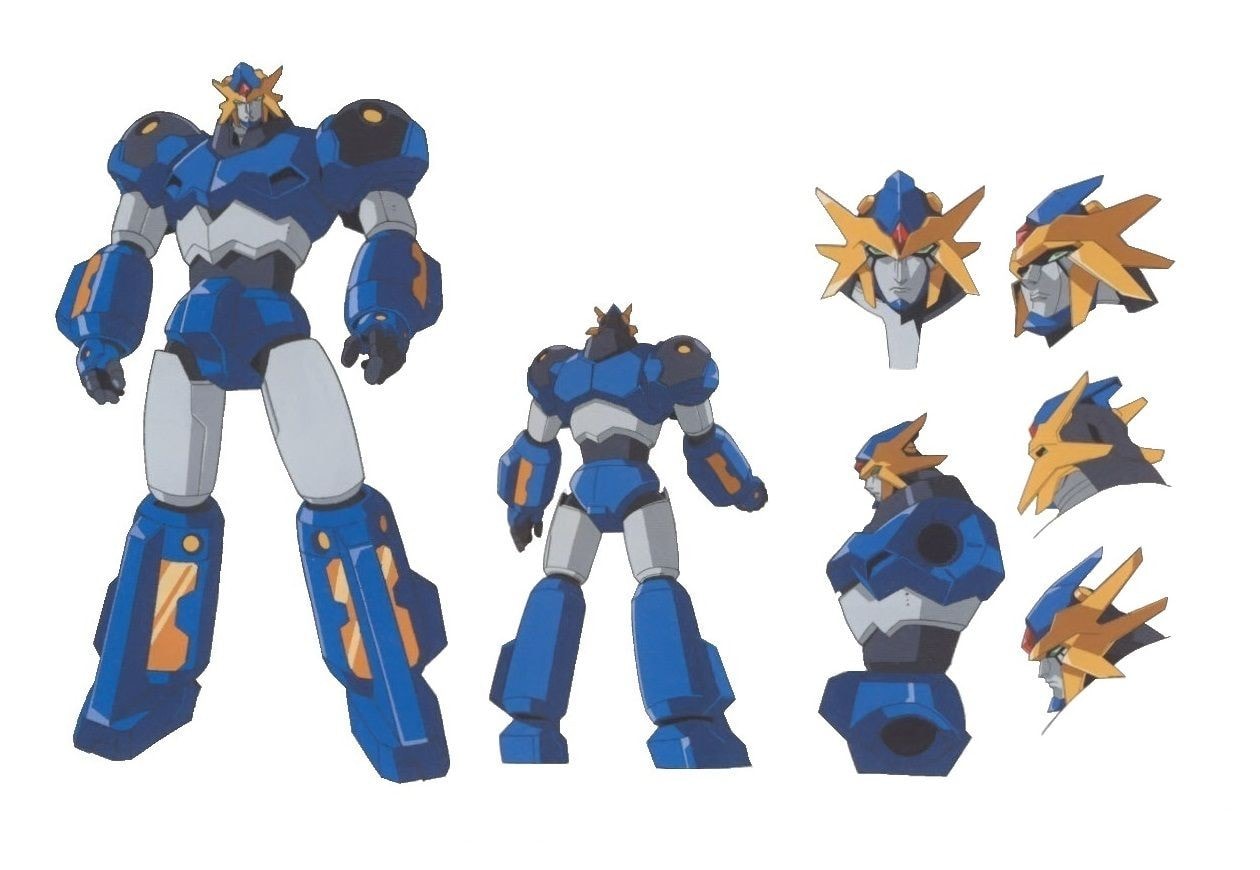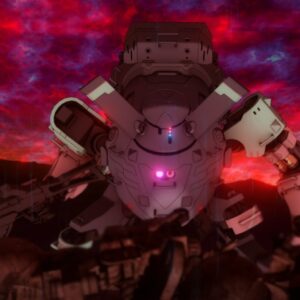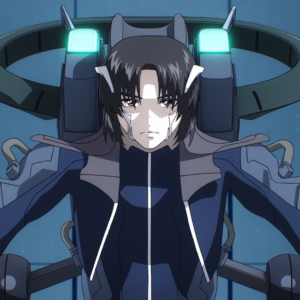
Anime Review: Shinkon Gattai Godannar – The Sacred Bond Of Marriage
Are you prepared to give your life for your wife/husband?
When one thinks of Super Robot shows that aired in the 2000s, people’s thoughts will immediately go to one thing: Gurren Lagann. Many fans, both the casuals and hardcores will point to Gurren Lagann as being not just the best super robot show of the decade, but one of the best anime of the 2000s full-stop. And honestly, it’s hard to argue with them. Gurren Lagann is a wonderful tribute to Super Robots, the work of studio Gainax, and several other anime that inspired it. It truly does live up to the hype surrounding it.
However, 4 years earlier, in 2003, Studio AIC, famous for Bubblegum Crisis, the Tenchi series and Burn-Up!, teamed up with anime studios OLM and A.S.T.A to make their own tribute to Super Robot shows of the 70s, 80s & 90s mixed with a coming-of-age story about two pilots who have to deal with the hardships of marriage. It was Marriage of God and Soul: Godannar!
However, 4 years earlier, in 2003, Studio AIC, famous for Bubblegum Crisis, the Tenchi series and Burn-Up!, teamed up with anime studios OLM and A.S.T.A to make their own tribute to Super Robot shows of the 70s, 80s & 90s mixed with a coming-of-age story about two pilots who have to deal with the hardships of marriage. It was Marriage of God and Soul: Godannar!
//STORY//
In the distant future of 2042, Earth has come under attack by a race of Kaiju called the Mimetic beasts, attacking major cities and other critical infrastructure. Conventional military weapons were ineffectual at repelling their invasion, and in typical super robot fashion, Robots are built to fight the monsters!
Our story focuses on two pilots. First is Goh Saruwatari, a pilot in his early 30s who fought in the War of the Mimetic Beasts four years ago. In the process, he witnessed his girlfriend Mira die before his very eyes. The other, a High-School girl named Anna Aoi who was caught up in the Mimetic beast attack on Japan, but was saved from certain death by Goh in the heat of battle. Five years later, when Anna is of age, Goh and Anna agree to be married, but before the two can tie the knot, the Mimetic Beasts attack mid-ceremony, causing Goh to flee the chapel with Anna in hot pursuit! The two will fight the Mimetic beasts, a rogue robot pilot, and perhaps their greatest enemy…married life together, especially when Mira miraculously reappeared before Goh again!
In the distant future of 2042, Earth has come under attack by a race of Kaiju called the Mimetic beasts, attacking major cities and other critical infrastructure. Conventional military weapons were ineffectual at repelling their invasion, and in typical super robot fashion, Robots are built to fight the monsters!
Our story focuses on two pilots. First is Goh Saruwatari, a pilot in his early 30s who fought in the War of the Mimetic Beasts four years ago. In the process, he witnessed his girlfriend Mira die before his very eyes. The other, a High-School girl named Anna Aoi who was caught up in the Mimetic beast attack on Japan, but was saved from certain death by Goh in the heat of battle. Five years later, when Anna is of age, Goh and Anna agree to be married, but before the two can tie the knot, the Mimetic Beasts attack mid-ceremony, causing Goh to flee the chapel with Anna in hot pursuit! The two will fight the Mimetic beasts, a rogue robot pilot, and perhaps their greatest enemy…married life together, especially when Mira miraculously reappeared before Goh again!

//PLOT//
The immediate praise I can give Godannar is that the writing in the show is extremely tight. From the get-go, so much stuff happens in the first three episodes alone! The First episodes shows us the war against the Mimetic beasts, the fated meeting between Goh and Anna, their wedding, Anna discovering the Neo-Okusaer and going into battle with Goh, Godannar’s Twin Drive mode, and the reappearance of Goh’s previous deceased girlfriend Mira. The second episode shows us a day in the life of Goh and Anna and their relationship in their newly-married life. The third episode introduces us to the international pilots and their dynamics, as well as affirming Goh and Anna’s marriage.
The show is incredibly fast-paced, but it never feels like it’s moving too fast for its own good, and a lot of it has to do with its writer: Hiroyuki Kawasaki. Kawasaki is a veteran of the Brave Series, writing for Might Gaine, Da-Garn, and serving as head writer on J-Decker and Goldran. He is also famous for serving as head writer on After War Gundam X, and several of the Sakura Wars OAVs. Like a lot of Super Robot shows, Godannar can get extremely hectic, but Kawasaki also knows when to go all-out and wow the viewer, and when to slow down and give us some introspective into the characters and their struggles.
But of course, Godannar knows when to pull back and have fun. There’s plenty of moments that can make the viewer laugh whether it’s a moment of fanservice, the characters getting put into socially awkward situations, or doing something absolutely ridiculous. The show does a nice job of balancing its melodrama with its comedy, and even during the more serious moments, whenever a moment of comedy pops up (The scene of Shizuru getting her butt stuck in an exhaust port comes to mind,) It doesn’t ruin the mood of the moment, and the transition from one scene or setting to the next is buttery smooth.
There’s a lot of moving parts in Godannar. You have Goh and Anna, their marriage and the struggles within, but you also have multiple subplots involving Mira and her resurrection, Shizuru’s own character journey, Lou learning how to pilot a robot, the capers of the Bridge Bunnies and the maintenance crew, the stories of the international pilots, and the rise of Ken as the show’s big anti-hero. It has a lot of plates to spin, yet does so wonderfully with very little in the way of padding or filler, and moments that could be considered “Filler” end up building the dynamics and relationships between the characters. All leading to a climax that is sure to get the viewer’s blood pumping!
What I appreciate most about the series from a writing perspective, is that the show has an epilogue. The entire final episode is spent concluding the story for as many of its characters as it can, and the result is incredibly satisfying. It feels that the story of Goh, Anna, and the rest of the cast is complete, and that the show has told us as much of the story it can tell. It isn’t perfect, as I do feel the first part of the second season is a bit rushed, but with the show sticking the landing so beautifully, the pacing issues are easy to ignore. The end result is a roller coaster of a show with all sorts of fun twists that concludes in grand fashion!
The immediate praise I can give Godannar is that the writing in the show is extremely tight. From the get-go, so much stuff happens in the first three episodes alone! The First episodes shows us the war against the Mimetic beasts, the fated meeting between Goh and Anna, their wedding, Anna discovering the Neo-Okusaer and going into battle with Goh, Godannar’s Twin Drive mode, and the reappearance of Goh’s previous deceased girlfriend Mira. The second episode shows us a day in the life of Goh and Anna and their relationship in their newly-married life. The third episode introduces us to the international pilots and their dynamics, as well as affirming Goh and Anna’s marriage.
The show is incredibly fast-paced, but it never feels like it’s moving too fast for its own good, and a lot of it has to do with its writer: Hiroyuki Kawasaki. Kawasaki is a veteran of the Brave Series, writing for Might Gaine, Da-Garn, and serving as head writer on J-Decker and Goldran. He is also famous for serving as head writer on After War Gundam X, and several of the Sakura Wars OAVs. Like a lot of Super Robot shows, Godannar can get extremely hectic, but Kawasaki also knows when to go all-out and wow the viewer, and when to slow down and give us some introspective into the characters and their struggles.
But of course, Godannar knows when to pull back and have fun. There’s plenty of moments that can make the viewer laugh whether it’s a moment of fanservice, the characters getting put into socially awkward situations, or doing something absolutely ridiculous. The show does a nice job of balancing its melodrama with its comedy, and even during the more serious moments, whenever a moment of comedy pops up (The scene of Shizuru getting her butt stuck in an exhaust port comes to mind,) It doesn’t ruin the mood of the moment, and the transition from one scene or setting to the next is buttery smooth.
There’s a lot of moving parts in Godannar. You have Goh and Anna, their marriage and the struggles within, but you also have multiple subplots involving Mira and her resurrection, Shizuru’s own character journey, Lou learning how to pilot a robot, the capers of the Bridge Bunnies and the maintenance crew, the stories of the international pilots, and the rise of Ken as the show’s big anti-hero. It has a lot of plates to spin, yet does so wonderfully with very little in the way of padding or filler, and moments that could be considered “Filler” end up building the dynamics and relationships between the characters. All leading to a climax that is sure to get the viewer’s blood pumping!
What I appreciate most about the series from a writing perspective, is that the show has an epilogue. The entire final episode is spent concluding the story for as many of its characters as it can, and the result is incredibly satisfying. It feels that the story of Goh, Anna, and the rest of the cast is complete, and that the show has told us as much of the story it can tell. It isn’t perfect, as I do feel the first part of the second season is a bit rushed, but with the show sticking the landing so beautifully, the pacing issues are easy to ignore. The end result is a roller coaster of a show with all sorts of fun twists that concludes in grand fashion!
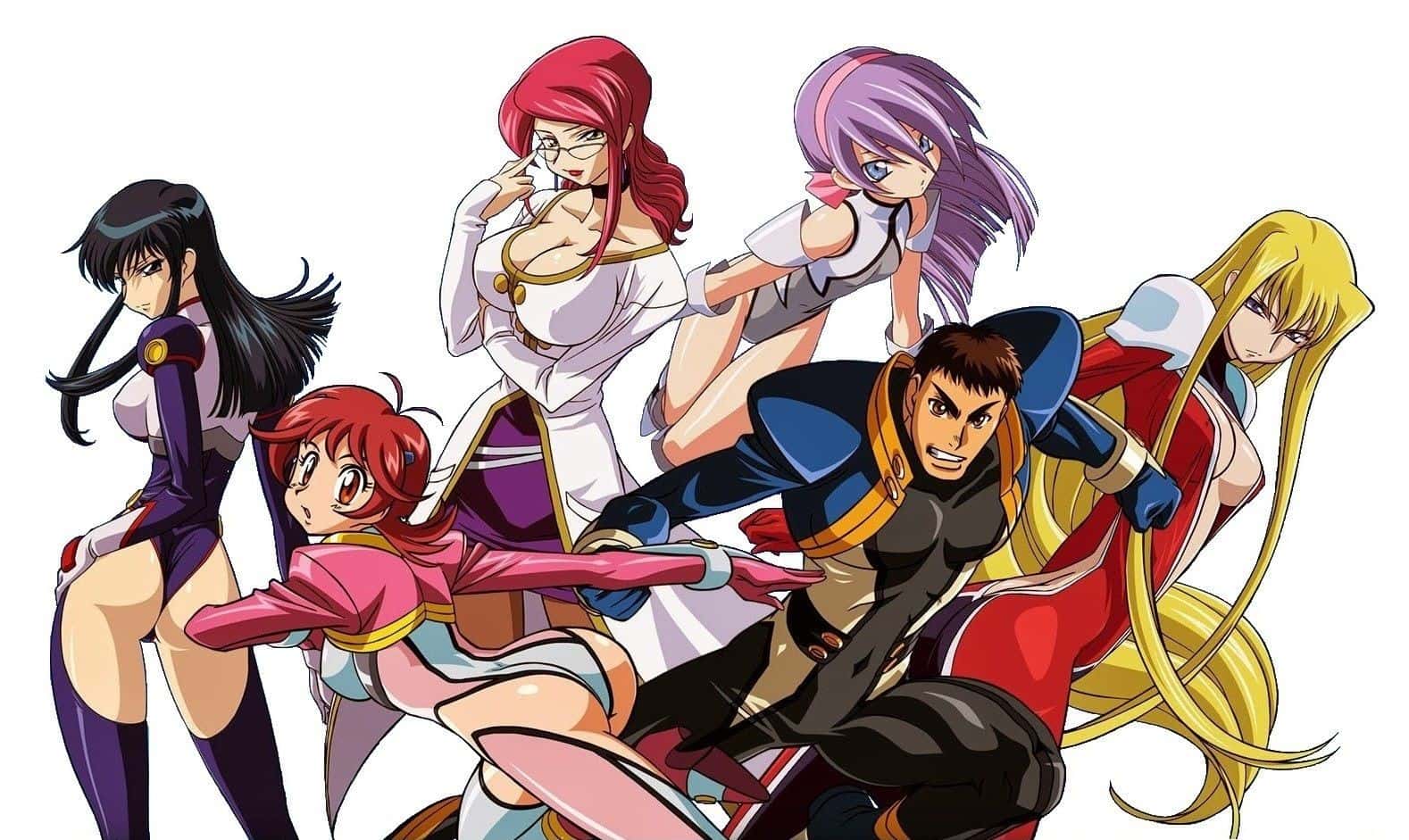
//CHARACTERS//
Godannar has a lot of characters, both major and minor. So you would think that a show with such a large cast would run the risk of being overcrowded. Thankfully, that was not the case. Godannar knows that the most important characters are Goh and Anna, and most of our time is spent with them. However, the show also gives ample time to the supporting cast who all have stories of their own to tell and roles to play in Goh and Anna’s story. It’s a well-rounded cast, and nobody feels shafted, sidelined, or left out.
[Goh Saruwatari]
On the surface, Goh is your typical hot-blooded robot pilot. He has that swagger and never-say-die attitude. Yet, beneath the surface, he’s an emotionally fragile man. He’s witnessed the death of several of his allies in battle, and now in his early 30s, he feels as if he’s lost his motivation to leap into battle, especially after the death of Mira 4 years back. After his marriage with Anna, and seeing her leap onto the battlefield without hesitation, Goh is reluctant to have her fight alongside him, but after seeing her willingness to fight and to put herself in danger to protect those she loves, Goh once again finds his mojo, and is once again willing to go out in the Dannar to protect Japan from the Mimetic beast attacks!
Goh was already put through the wringer at the start of the series, and while his marriage to Anna may have given him new life as a pilot, deep down, Goh fears for those close to him. He’s already had to deal with the loss of several of his allies, and he doesn’t want to risk losing anyone else. It’s mentioned in the first episode he hasn’t even been in the Dannar since the incident four years ago, and that without the Dannar, Goh doesn’t have anything else. He may only be in his 30s, but he’s jaded after years of combat, only realizing how selfish he’d been once Anna puts him in his place! Goh is more than just your typical Super Robot pilot. There’s a lot going on beneath his hardened surface, and toward the end, Goh finally goes through his big trial by fire. Such nuance is welcomed for a show of this type!
[Anna Aoi]
If Goh is a veteran who has become jaded after years of combat, Anna is the young girl with stars in her eyes. On the day of her wedding to Goh, she stumbles across the stowed-away Neo-Okusaer during a mimetic beast attack, and thrusts herself onto the battlefield, having little experience piloting a giant robot. From that moment, she now has to juggle her life at school, her life at home being married to Goh, and her life as a Robot Pilot. Anna is spunky, kind-hearted and a bit naïve, but she also has a rather short fuse, especially around Goh, and more often than not finds herself bickering with her husband both on and off the battlefield.
Anna goes through a lot in the series, starting off as being plucky and confident, to having her confidence shaken and questioning why she fell in love with Goh, adrift and directionless at the start of the second season, to fully maturing at the end of the series. If Goh is a grown man who has to learn to accept his own mortality, Anna is a teenage girl who must accept the harshness of the adult world. She grows alongside Goh, and by the end, you can’t help but root for her to overcome her own obstacles…and to make sure Goh doesn’t go off the deep end. Her love for Goh is quite pure – but was also triggered by Goh saving her. This is also one of the many ways that love can form.
Godannar has a lot of characters, both major and minor. So you would think that a show with such a large cast would run the risk of being overcrowded. Thankfully, that was not the case. Godannar knows that the most important characters are Goh and Anna, and most of our time is spent with them. However, the show also gives ample time to the supporting cast who all have stories of their own to tell and roles to play in Goh and Anna’s story. It’s a well-rounded cast, and nobody feels shafted, sidelined, or left out.
[Goh Saruwatari]
On the surface, Goh is your typical hot-blooded robot pilot. He has that swagger and never-say-die attitude. Yet, beneath the surface, he’s an emotionally fragile man. He’s witnessed the death of several of his allies in battle, and now in his early 30s, he feels as if he’s lost his motivation to leap into battle, especially after the death of Mira 4 years back. After his marriage with Anna, and seeing her leap onto the battlefield without hesitation, Goh is reluctant to have her fight alongside him, but after seeing her willingness to fight and to put herself in danger to protect those she loves, Goh once again finds his mojo, and is once again willing to go out in the Dannar to protect Japan from the Mimetic beast attacks!
Goh was already put through the wringer at the start of the series, and while his marriage to Anna may have given him new life as a pilot, deep down, Goh fears for those close to him. He’s already had to deal with the loss of several of his allies, and he doesn’t want to risk losing anyone else. It’s mentioned in the first episode he hasn’t even been in the Dannar since the incident four years ago, and that without the Dannar, Goh doesn’t have anything else. He may only be in his 30s, but he’s jaded after years of combat, only realizing how selfish he’d been once Anna puts him in his place! Goh is more than just your typical Super Robot pilot. There’s a lot going on beneath his hardened surface, and toward the end, Goh finally goes through his big trial by fire. Such nuance is welcomed for a show of this type!
[Anna Aoi]
If Goh is a veteran who has become jaded after years of combat, Anna is the young girl with stars in her eyes. On the day of her wedding to Goh, she stumbles across the stowed-away Neo-Okusaer during a mimetic beast attack, and thrusts herself onto the battlefield, having little experience piloting a giant robot. From that moment, she now has to juggle her life at school, her life at home being married to Goh, and her life as a Robot Pilot. Anna is spunky, kind-hearted and a bit naïve, but she also has a rather short fuse, especially around Goh, and more often than not finds herself bickering with her husband both on and off the battlefield.
Anna goes through a lot in the series, starting off as being plucky and confident, to having her confidence shaken and questioning why she fell in love with Goh, adrift and directionless at the start of the second season, to fully maturing at the end of the series. If Goh is a grown man who has to learn to accept his own mortality, Anna is a teenage girl who must accept the harshness of the adult world. She grows alongside Goh, and by the end, you can’t help but root for her to overcome her own obstacles…and to make sure Goh doesn’t go off the deep end. Her love for Goh is quite pure – but was also triggered by Goh saving her. This is also one of the many ways that love can form.
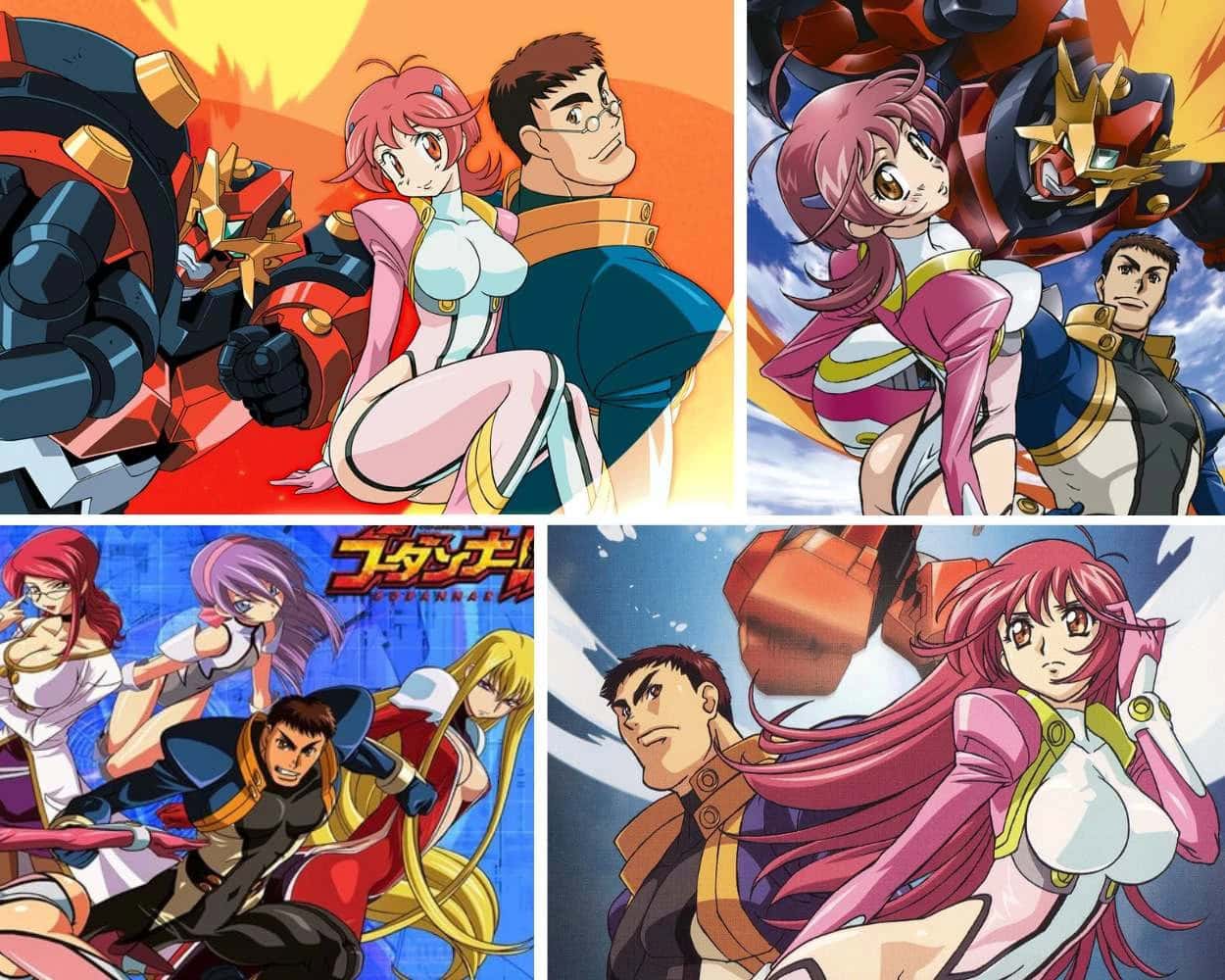
[Support Cast]
Godannar has so many supporting characters that I cannot possibly spotlight them all, but there are a few worth mentioning.
First we have Goh’s secret Admirer, Shizuru Fujimura, who shows admiration for Goh, but was never able to admit her feelings towards him. She is of course dismayed once she learns Goh has chosen to Marry Anna, but still wishes to show the two what she’s made of. Shizuru is always willing to show off her capabilities as a robot pilot, to the point where she’s willing to risk her life to repel a mass invasion of Mimetic beasts. She later serves as a mentor to Anna and develops a relationship with Goh’s little brother Shinobu. Plus, for all you dub fans, she’s voiced by Asuka herself: Tiffany Grant!
If there is anyone who gets lost in the shuffle, it’s probably Mira, whose reappearance at the end of episode one is treated as a big deal, and when she reawakens in an amnesiac, child-like state, there’s intrigue as to how her character is going to evolve. When she finally regains her memory, and follows Goh out to the Battlefield, Mira does show her intention of “retaking” Goh back but she is quite passive about it. Finally, after a burst of emotion and cursing fate, she seems to accept Anna as Goh’s true lover. While she may seem annoying to people who have grown fond of Anna and support her, Mira is actually just a tragic victim of fate. Such are the intricacies of the human heart.
Then there’s Lou, who is taken in By Goh and Anna as a surrogate daughter after her father, commander of the Dannar base Space station, is killed by the mimetic beasts. Lou’s dream is to pilot a robot just like her father, but Goh and Anna are reluctant to teach her given her age. So she decides to set out on her own, allying herself with the show’s main antagonist, Ken, who offers to teach her to become a robot pilot, seeing her as merely a tool to use in his quest for his revenge against the Mimetic beasts. Lou’s arc takes her on a wild ride, and you do sympathize with her. Honestly, while I like her arc, I can’t help but feel she deserved a better outcome than what she got, which isn’t bad but more bittersweet.
We also have Anna’s mother Kiriko, who I love dearly, and not just because of her design. She’s both Goh and Anna’s boss, and she is a harsh but caring mistress; sternly issuing orders not taking any nonsense from neither Goh nor Anna, but cares dearly for both and wants the best for them, often acting as their moral compass when either are at a low point. In essence, she’s the anti-Prospera Mercury! There’s also Goh’s little brother Shinobu, who is Anna’s classmate. He could’ve easily been the token pervert character given the show’s nature, but he’s a good-natured kid who’s always trying to do his best to look out for Anna, he just finds himself in perverted situations against his wishes, and is usually the butt of the joke in whatever scene he’s in.
There are so many others I could mention like all of the international pilots – whose relationship also vary wildly from our main couple – and they also found their own path, Kiriko’s fellow commander Kagemaru, Anna’s classmates who are suspicious of her activities outside of school, and my favorite characters in the show: The Maintenance crew. Yes, the show features whole segments focusing on the crew that repairs and maintains the robots, and their segments are some of the most entertaining in the show.
Godannar has so many supporting characters that I cannot possibly spotlight them all, but there are a few worth mentioning.
First we have Goh’s secret Admirer, Shizuru Fujimura, who shows admiration for Goh, but was never able to admit her feelings towards him. She is of course dismayed once she learns Goh has chosen to Marry Anna, but still wishes to show the two what she’s made of. Shizuru is always willing to show off her capabilities as a robot pilot, to the point where she’s willing to risk her life to repel a mass invasion of Mimetic beasts. She later serves as a mentor to Anna and develops a relationship with Goh’s little brother Shinobu. Plus, for all you dub fans, she’s voiced by Asuka herself: Tiffany Grant!
If there is anyone who gets lost in the shuffle, it’s probably Mira, whose reappearance at the end of episode one is treated as a big deal, and when she reawakens in an amnesiac, child-like state, there’s intrigue as to how her character is going to evolve. When she finally regains her memory, and follows Goh out to the Battlefield, Mira does show her intention of “retaking” Goh back but she is quite passive about it. Finally, after a burst of emotion and cursing fate, she seems to accept Anna as Goh’s true lover. While she may seem annoying to people who have grown fond of Anna and support her, Mira is actually just a tragic victim of fate. Such are the intricacies of the human heart.
Then there’s Lou, who is taken in By Goh and Anna as a surrogate daughter after her father, commander of the Dannar base Space station, is killed by the mimetic beasts. Lou’s dream is to pilot a robot just like her father, but Goh and Anna are reluctant to teach her given her age. So she decides to set out on her own, allying herself with the show’s main antagonist, Ken, who offers to teach her to become a robot pilot, seeing her as merely a tool to use in his quest for his revenge against the Mimetic beasts. Lou’s arc takes her on a wild ride, and you do sympathize with her. Honestly, while I like her arc, I can’t help but feel she deserved a better outcome than what she got, which isn’t bad but more bittersweet.
We also have Anna’s mother Kiriko, who I love dearly, and not just because of her design. She’s both Goh and Anna’s boss, and she is a harsh but caring mistress; sternly issuing orders not taking any nonsense from neither Goh nor Anna, but cares dearly for both and wants the best for them, often acting as their moral compass when either are at a low point. In essence, she’s the anti-Prospera Mercury! There’s also Goh’s little brother Shinobu, who is Anna’s classmate. He could’ve easily been the token pervert character given the show’s nature, but he’s a good-natured kid who’s always trying to do his best to look out for Anna, he just finds himself in perverted situations against his wishes, and is usually the butt of the joke in whatever scene he’s in.
There are so many others I could mention like all of the international pilots – whose relationship also vary wildly from our main couple – and they also found their own path, Kiriko’s fellow commander Kagemaru, Anna’s classmates who are suspicious of her activities outside of school, and my favorite characters in the show: The Maintenance crew. Yes, the show features whole segments focusing on the crew that repairs and maintains the robots, and their segments are some of the most entertaining in the show.
[The “Villains”]
The main threat our heroes deal with are the mimetic beasts, and they come in various shapes. Some are land-based, some are aquatic-based, some fight in the air, some do all 3. Most curious though, while the Mimetic beasts do pose a threat to our heroes and the people they’re supposed to protect, there’s nobody pulling the strings or manipulating the Mimetic Beasts to do their bidding, nor are the Mimetic Beasts supposed to be an allegory for humanity’s pollution of the earth or use of nuclear energy, they’re just monsters that threaten humanity.
And honestly…I think the decision not to have a central antagonist is for the better. Godannar is a show about people and the struggles they face in their relationships, so it makes sense that the biggest villain in the show is life itself. On the surface, our heroes may be these hot-blooded, take-no-prisoners, “Death, I laugh in your face!” pilots who put their lives on the line fighting the monster of the week, but deep down, they are mere creatures of flesh and blood, and showing that fear of death or losing someone close to them helps add a sense of nuance you wouldn’t get if we had a central villain.
However, the show does gain a human antagonist in episode 10 with the introduction of Ken; A rogue robot pilot who is out for revenge against the Mimetic Beasts after they killed his partner Rosa. He’s a pilot out for blood against the Mimetic Beasts, and he has no moral code when it comes to battle. He will destroy anyone or anything that stands in his way just to find the one that killed his partner. To me, Ken serves as a dark mirror for Goh. Whereas Goh is motivated to fight for the protection of his loved ones and humanity, Ken is motivated by revenge, and will do whatever it takes to find the mimetic beast who killed Rosa!
And yet, after Ken is introduced toward the end of the first half, he doesn’t Hijack the series as the main antagonist. He only appears when the story needs him to, and his main conflict isn’t with Goh or Anna, it’s his quest for revenge and his increasing desperation to find “The one” who killed his lover!
The main threat our heroes deal with are the mimetic beasts, and they come in various shapes. Some are land-based, some are aquatic-based, some fight in the air, some do all 3. Most curious though, while the Mimetic beasts do pose a threat to our heroes and the people they’re supposed to protect, there’s nobody pulling the strings or manipulating the Mimetic Beasts to do their bidding, nor are the Mimetic Beasts supposed to be an allegory for humanity’s pollution of the earth or use of nuclear energy, they’re just monsters that threaten humanity.
And honestly…I think the decision not to have a central antagonist is for the better. Godannar is a show about people and the struggles they face in their relationships, so it makes sense that the biggest villain in the show is life itself. On the surface, our heroes may be these hot-blooded, take-no-prisoners, “Death, I laugh in your face!” pilots who put their lives on the line fighting the monster of the week, but deep down, they are mere creatures of flesh and blood, and showing that fear of death or losing someone close to them helps add a sense of nuance you wouldn’t get if we had a central villain.
However, the show does gain a human antagonist in episode 10 with the introduction of Ken; A rogue robot pilot who is out for revenge against the Mimetic Beasts after they killed his partner Rosa. He’s a pilot out for blood against the Mimetic Beasts, and he has no moral code when it comes to battle. He will destroy anyone or anything that stands in his way just to find the one that killed his partner. To me, Ken serves as a dark mirror for Goh. Whereas Goh is motivated to fight for the protection of his loved ones and humanity, Ken is motivated by revenge, and will do whatever it takes to find the mimetic beast who killed Rosa!
And yet, after Ken is introduced toward the end of the first half, he doesn’t Hijack the series as the main antagonist. He only appears when the story needs him to, and his main conflict isn’t with Goh or Anna, it’s his quest for revenge and his increasing desperation to find “The one” who killed his lover!
//VISUAL//
For a show made in 2003, I actually think Godannar looks pretty good, if not a cut above other Digipaint shows that came out around the same time. The colors are bright and vibrant, the movements are fluid with some great cuts, and the action scenes will get your blood pumping. Honestly, compared to other shows from around the time, Godannar is something you could release today, and nobody would be able to pinpoint what year it was made. Due to the nature of the main robot – Godannar – being a martial artist melee combatant, the action scenes involving it are very weighty and heavy. One might think it’s clunky but it is a charm of the mech. Whereas other more nimble female mechs – such as the Okusaer or Genesister – are much more agile.
As always though, the stars of any mecha show will be the robots, and the mecha designs were handled by longtime animator Masahiro Yamane, who was coming off of working on GaoGaiGar and its spinoffs Brigadoon and Betterman. His experience with the brave series shines through here. You can see traits from various brave series in the designs with their proportions and their color schemes. But more importantly, one detail that I love is that the design and movement of each robot is meant to mimic the various traits or personalities of their pilots. For example, the Goddinner has large muscular proportions and fights with giant clubs that can turn into axes, reflecting Mokaku’s brutish nature, while the Volspina is…extremely voluptuous and reflects Ekaterina’s dominating personality. The uniqueness of each robot will endear themselves to the viewer easily, and Yamane should be commended for his creativity with the designs!
But sometimes, Robots aren’t enough to sell a show to a more adult audience. Sometimes, you’re going to need something more. And in addition to all the crazy robots, Godannar has fanservice. Lots of fanservice. Plenty of bouncing breasts, skimpy outfits, gratuitous nudity, the works! And yet, even with all of this in-your-face fanservice, it doesn’t take away from the experience! Godannar is all about being over-the-top in its presentation. What helps is that as perverted and raunchy as the show gets, there’s a sense of sincerity to it. The fanservice compliments Godannar’s ridiculous nature, and thanks to its tongue-in-cheek nature it doesn’t feel out of place like it would in somewhere like Gravion or Linebarrels of Iron. and as perverted as certain scenes can get, there aren’t any “Pervert” characters in the show, so some of the ecchi bits are played more for laughs than for something for the viewer to grease their shaft to.
This is, of course, thanks to series character designer: The late, great Takahiro Kimura, whom mecha fans may know as character designer for GaoGaiGar, GunXSword, and a little series called Code Geass. The designs are unmistakably Kimura’s with their Lanky proportions, gigantic irises, and gratuitous Curves. In an interview, Yamane said that Kimura took a different approach to every show he did character designs for, and for Godannar he absolutely lets loose with his designs, specifically on the women with large basketball breasts and gratuitously curved posteriors! But again, none of it feels distracting. It’s played up for comedic effect, and for a show as crazy as Godannar, the character designs needed to be over-the-top! Kimura was the right man for the job, and he will be sorely missed!
For a show made in 2003, I actually think Godannar looks pretty good, if not a cut above other Digipaint shows that came out around the same time. The colors are bright and vibrant, the movements are fluid with some great cuts, and the action scenes will get your blood pumping. Honestly, compared to other shows from around the time, Godannar is something you could release today, and nobody would be able to pinpoint what year it was made. Due to the nature of the main robot – Godannar – being a martial artist melee combatant, the action scenes involving it are very weighty and heavy. One might think it’s clunky but it is a charm of the mech. Whereas other more nimble female mechs – such as the Okusaer or Genesister – are much more agile.
As always though, the stars of any mecha show will be the robots, and the mecha designs were handled by longtime animator Masahiro Yamane, who was coming off of working on GaoGaiGar and its spinoffs Brigadoon and Betterman. His experience with the brave series shines through here. You can see traits from various brave series in the designs with their proportions and their color schemes. But more importantly, one detail that I love is that the design and movement of each robot is meant to mimic the various traits or personalities of their pilots. For example, the Goddinner has large muscular proportions and fights with giant clubs that can turn into axes, reflecting Mokaku’s brutish nature, while the Volspina is…extremely voluptuous and reflects Ekaterina’s dominating personality. The uniqueness of each robot will endear themselves to the viewer easily, and Yamane should be commended for his creativity with the designs!
But sometimes, Robots aren’t enough to sell a show to a more adult audience. Sometimes, you’re going to need something more. And in addition to all the crazy robots, Godannar has fanservice. Lots of fanservice. Plenty of bouncing breasts, skimpy outfits, gratuitous nudity, the works! And yet, even with all of this in-your-face fanservice, it doesn’t take away from the experience! Godannar is all about being over-the-top in its presentation. What helps is that as perverted and raunchy as the show gets, there’s a sense of sincerity to it. The fanservice compliments Godannar’s ridiculous nature, and thanks to its tongue-in-cheek nature it doesn’t feel out of place like it would in somewhere like Gravion or Linebarrels of Iron. and as perverted as certain scenes can get, there aren’t any “Pervert” characters in the show, so some of the ecchi bits are played more for laughs than for something for the viewer to grease their shaft to.
This is, of course, thanks to series character designer: The late, great Takahiro Kimura, whom mecha fans may know as character designer for GaoGaiGar, GunXSword, and a little series called Code Geass. The designs are unmistakably Kimura’s with their Lanky proportions, gigantic irises, and gratuitous Curves. In an interview, Yamane said that Kimura took a different approach to every show he did character designs for, and for Godannar he absolutely lets loose with his designs, specifically on the women with large basketball breasts and gratuitously curved posteriors! But again, none of it feels distracting. It’s played up for comedic effect, and for a show as crazy as Godannar, the character designs needed to be over-the-top! Kimura was the right man for the job, and he will be sorely missed!
//AUDIO//
Godannar’s soundtrack is meant to evoke the feel of a 70s Super Robot show, featuring many tracks that are heavy on brass and string instruments. Of course, it should come as no surprise that the show would make such a decision when you see that the composer is the late Michiaki “Chuumei” Watanabe. Watanabe spent decades scoring soundtracks and writing songs for both anime and tokusatsu. He scored the first few seasons of Super Sentai from Gorenger to Goggle V, and even came back to score the 2021 Super Sentai series Zenkaiger at the age of 95! However, when it comes to composing for anime, his greatest contribution was that he was the Composer for Mazinger Z and Great Mazinger! Yes, the sounds of Super Robots in the 70s were defined by Watanabe-san! He would also compose for other mecha anime like Go Nagai’s Steel Jeeg, Video Warrior Laserion, and Dangaioh!
In addition to having a soundtrack with the feel of a 70s Robot show, Watanabe also wrote the opening and ending songs for the show, and got a trio of legends to sing them. The Show’s first Opening and Second Ending are sung by Anisong legend Akira Kushida, best known for singing the Openings for Kinnikuman and Xabungle, and his work on Toei’s Metal Hero Tokusatsu shows. The first ending and second opening are sung by the iconic duo of Anisong singer and voice actress Mitsuko Horie, and Everyone’s favorite “Aniki” Ichiro Mizuki. The first opening is catchy tribute to mecha openings of yore, and Kushida’s powerful bellow will have you singing “Shin-kon Gat-tai Go…Go-go-go-Dannar!” every time you hear it. The first Ending called “Trench Coffin ” is a somber ballad that made me shed a tear knowing that the man we call “Aniki” is not with us anymore. The 2nd opening and ending are a bit of a step down from the previous ones, but they’re still catchy and fun to sing.
For the voice cast, the Japanese side is stacked with talent. Goh is voiced by Takayuki Kondo, most famous for being the Japanese voice of Phoenix Wright, while Anna is voiced by Mai Nakahara who would have many famous roles to her name include Juvia in Fairy Tail, Rena in Higurashi, and Mai Tokiha in Mai HiME and Mai Otome. Rounding out the cast is Yumi Kakazu who mecha fans will know as Sala Tyrell in Gundam X and Rene Shishioh in GaoGaiGar as Shizuru, Aya Hisakawa, famous for playing Sailor Mercury and Skuld from Oh My Goddess as Mira, and even The living legend Nobuyuki Hiyama pops in as Tetsuya Kouji! They even managed to get the voice of Kouji Kabuto himself, Hiroya Ishimaru in a small role! There are so many that I could name, but really, you’re best going over the credits yourself to see how many big names the crew got for the show!
The dub meanwhile is rather interesting. It was done by ADV Films, so you can expect a lot of their regulars from this time period in this dub. Goh is played by Brett Weaver, who to me was a good choice to play a veteran robot pilot like Goh, and I Prefer his gruff baritone voice to Kondo’s boyish voice on the Japanese side. Anna meanwhile, is voiced by Hillary Haag, some may not like her raspy high-pitched voice (Especially when she has to shout) but I thought she did a wonderful job. You’ll also find other recognizable ADV names like Luci Christian, Chris Patton, Rob Mungle, Andy MacAvin, Greg & Chris Ayres, Monica Rial and Tiffany Grant in the cast. However, what’s interesting is that they didn’t record this like most other anime dubs with one person in the booth per session. This dub was recorded as “Ensemble” meaning they had multiple actors in one booth reading the scripts for a scene like they do in Japan. The result is you get a dub where the dialogue flows naturally, and doesn’t just sound like one person having a conversation with someone else’s recording. And considering how many characters are on screen at once bantering, bickering or having a simple conversation, that the acting is a cut above what you usually get in anime dub both then and now. If you’re a dub fan, you’ll want to watch this one!
//CONCLUSION//
In the end, Godannar is an extravagant, over-the-top, but lovingly sincere tribute to super robot shows of old, all wrapped in a fantastic package. There’s something for everyone here. Great super Robot action, plenty of sexy eye-candy, laugh-out-loud comedy, gut-wrenching melodrama, and a wonderful message about growing up and facing the hardships of adult life told through the life of super robot pilots. Don’t let the fanservice turn you off of watching this series. Godannar is consistent from start to finish with not a single bump in the road or dip in quality!
If you want to watch the series, you can find all of it on HiDive, and you can find the series on BluRay courtesy of Sentai Filmworks. I should note that if you buy the BluRay, it comes with a booklet that contains interviews with the staff and cast, and I would say it’s worth whatever you end up paying for it!
Godannar’s soundtrack is meant to evoke the feel of a 70s Super Robot show, featuring many tracks that are heavy on brass and string instruments. Of course, it should come as no surprise that the show would make such a decision when you see that the composer is the late Michiaki “Chuumei” Watanabe. Watanabe spent decades scoring soundtracks and writing songs for both anime and tokusatsu. He scored the first few seasons of Super Sentai from Gorenger to Goggle V, and even came back to score the 2021 Super Sentai series Zenkaiger at the age of 95! However, when it comes to composing for anime, his greatest contribution was that he was the Composer for Mazinger Z and Great Mazinger! Yes, the sounds of Super Robots in the 70s were defined by Watanabe-san! He would also compose for other mecha anime like Go Nagai’s Steel Jeeg, Video Warrior Laserion, and Dangaioh!
In addition to having a soundtrack with the feel of a 70s Robot show, Watanabe also wrote the opening and ending songs for the show, and got a trio of legends to sing them. The Show’s first Opening and Second Ending are sung by Anisong legend Akira Kushida, best known for singing the Openings for Kinnikuman and Xabungle, and his work on Toei’s Metal Hero Tokusatsu shows. The first ending and second opening are sung by the iconic duo of Anisong singer and voice actress Mitsuko Horie, and Everyone’s favorite “Aniki” Ichiro Mizuki. The first opening is catchy tribute to mecha openings of yore, and Kushida’s powerful bellow will have you singing “Shin-kon Gat-tai Go…Go-go-go-Dannar!” every time you hear it. The first Ending called “Trench Coffin ” is a somber ballad that made me shed a tear knowing that the man we call “Aniki” is not with us anymore. The 2nd opening and ending are a bit of a step down from the previous ones, but they’re still catchy and fun to sing.
For the voice cast, the Japanese side is stacked with talent. Goh is voiced by Takayuki Kondo, most famous for being the Japanese voice of Phoenix Wright, while Anna is voiced by Mai Nakahara who would have many famous roles to her name include Juvia in Fairy Tail, Rena in Higurashi, and Mai Tokiha in Mai HiME and Mai Otome. Rounding out the cast is Yumi Kakazu who mecha fans will know as Sala Tyrell in Gundam X and Rene Shishioh in GaoGaiGar as Shizuru, Aya Hisakawa, famous for playing Sailor Mercury and Skuld from Oh My Goddess as Mira, and even The living legend Nobuyuki Hiyama pops in as Tetsuya Kouji! They even managed to get the voice of Kouji Kabuto himself, Hiroya Ishimaru in a small role! There are so many that I could name, but really, you’re best going over the credits yourself to see how many big names the crew got for the show!
The dub meanwhile is rather interesting. It was done by ADV Films, so you can expect a lot of their regulars from this time period in this dub. Goh is played by Brett Weaver, who to me was a good choice to play a veteran robot pilot like Goh, and I Prefer his gruff baritone voice to Kondo’s boyish voice on the Japanese side. Anna meanwhile, is voiced by Hillary Haag, some may not like her raspy high-pitched voice (Especially when she has to shout) but I thought she did a wonderful job. You’ll also find other recognizable ADV names like Luci Christian, Chris Patton, Rob Mungle, Andy MacAvin, Greg & Chris Ayres, Monica Rial and Tiffany Grant in the cast. However, what’s interesting is that they didn’t record this like most other anime dubs with one person in the booth per session. This dub was recorded as “Ensemble” meaning they had multiple actors in one booth reading the scripts for a scene like they do in Japan. The result is you get a dub where the dialogue flows naturally, and doesn’t just sound like one person having a conversation with someone else’s recording. And considering how many characters are on screen at once bantering, bickering or having a simple conversation, that the acting is a cut above what you usually get in anime dub both then and now. If you’re a dub fan, you’ll want to watch this one!
//CONCLUSION//
In the end, Godannar is an extravagant, over-the-top, but lovingly sincere tribute to super robot shows of old, all wrapped in a fantastic package. There’s something for everyone here. Great super Robot action, plenty of sexy eye-candy, laugh-out-loud comedy, gut-wrenching melodrama, and a wonderful message about growing up and facing the hardships of adult life told through the life of super robot pilots. Don’t let the fanservice turn you off of watching this series. Godannar is consistent from start to finish with not a single bump in the road or dip in quality!
If you want to watch the series, you can find all of it on HiDive, and you can find the series on BluRay courtesy of Sentai Filmworks. I should note that if you buy the BluRay, it comes with a booklet that contains interviews with the staff and cast, and I would say it’s worth whatever you end up paying for it!
Check out more recommendations:
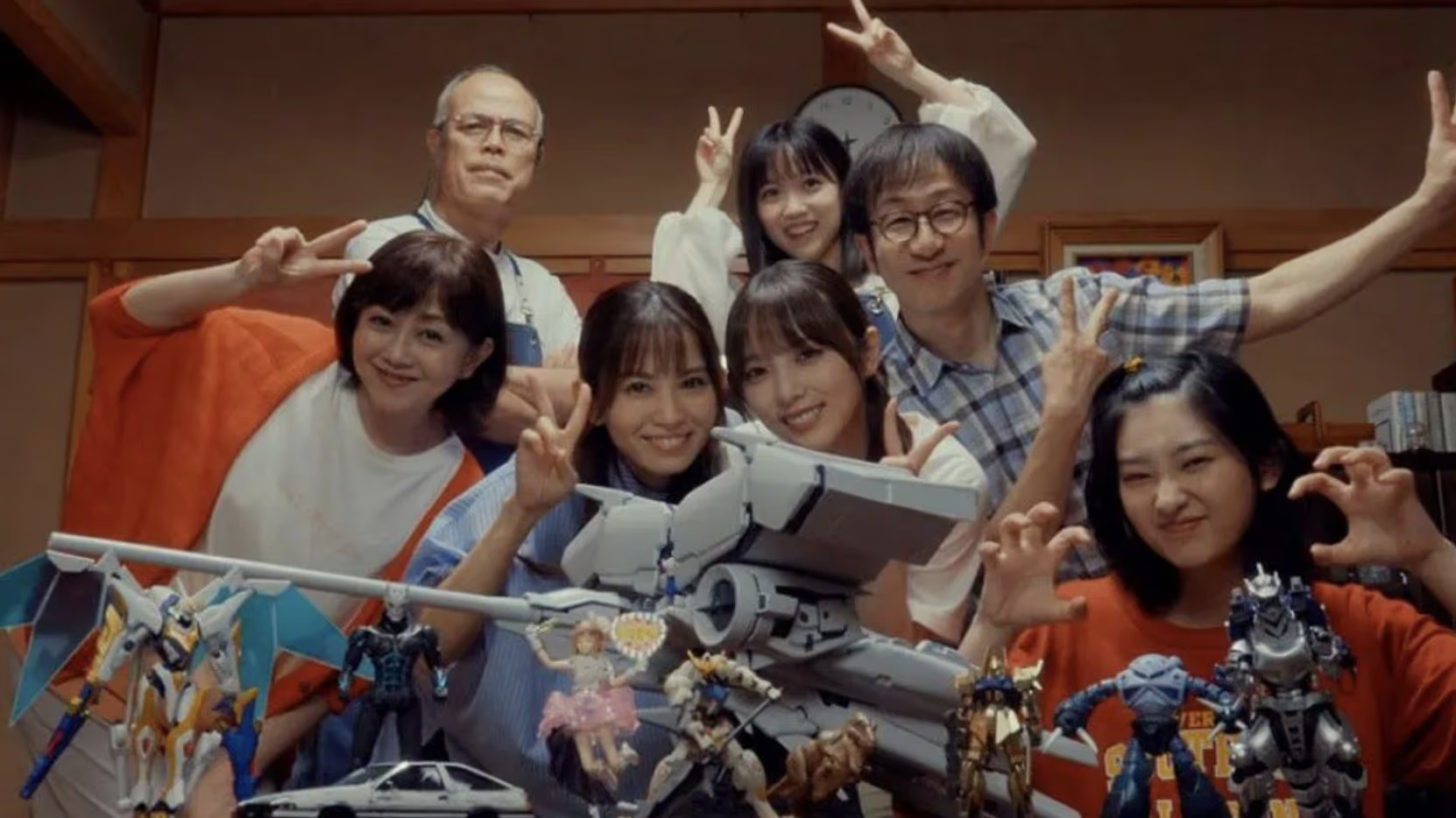
Our lovely model-building girl Komukai Riko is back again with another season! And this time, instead of business matters, Riko has to solve her family member’s issue of the hearts…through model building!
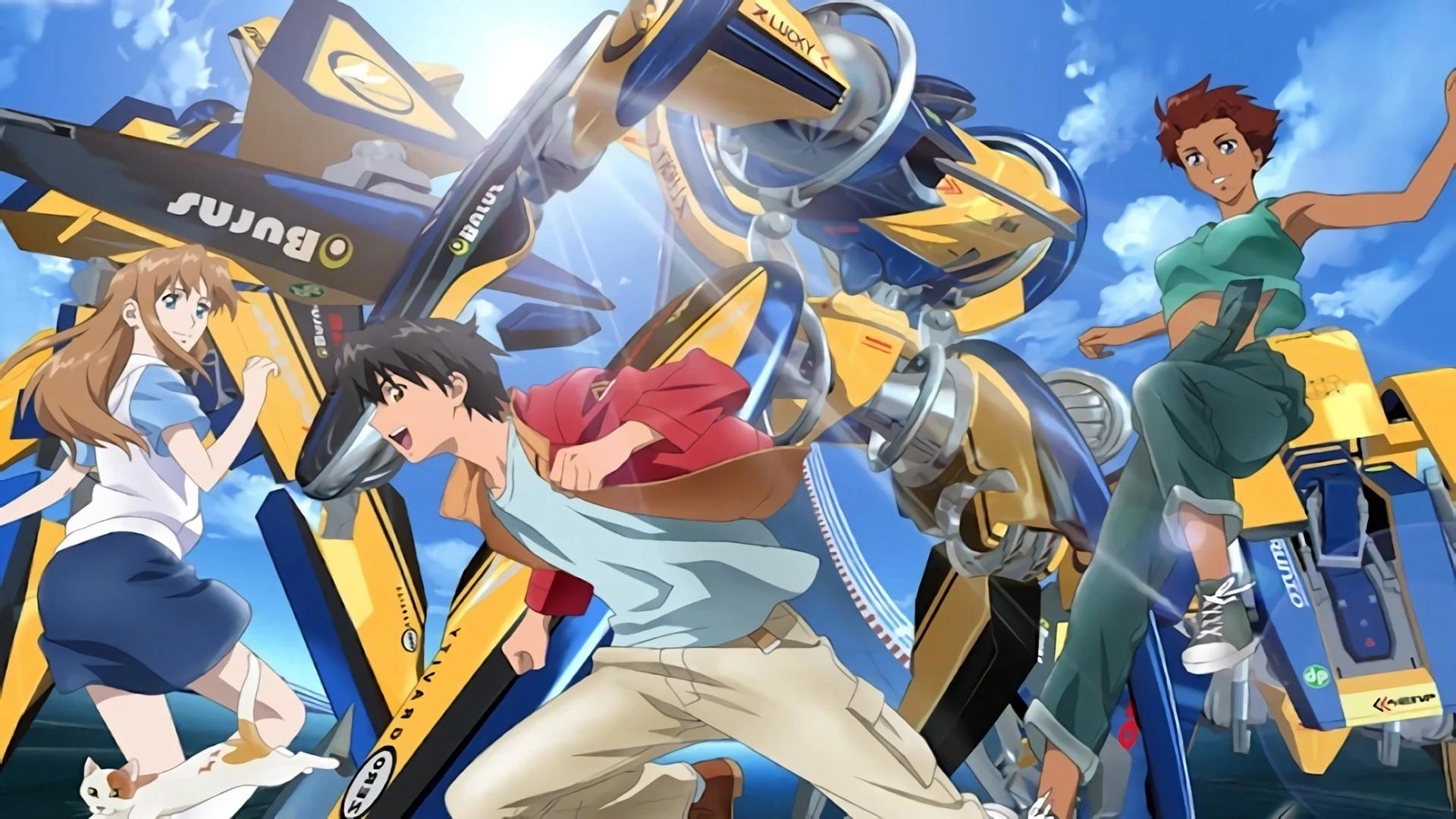
I am speed! Sports mecha isn’t very common. But when done right, it can deliver a rush just like other mecha series. Join the Immortal Grand Prix for some adrenaline-pumping races!
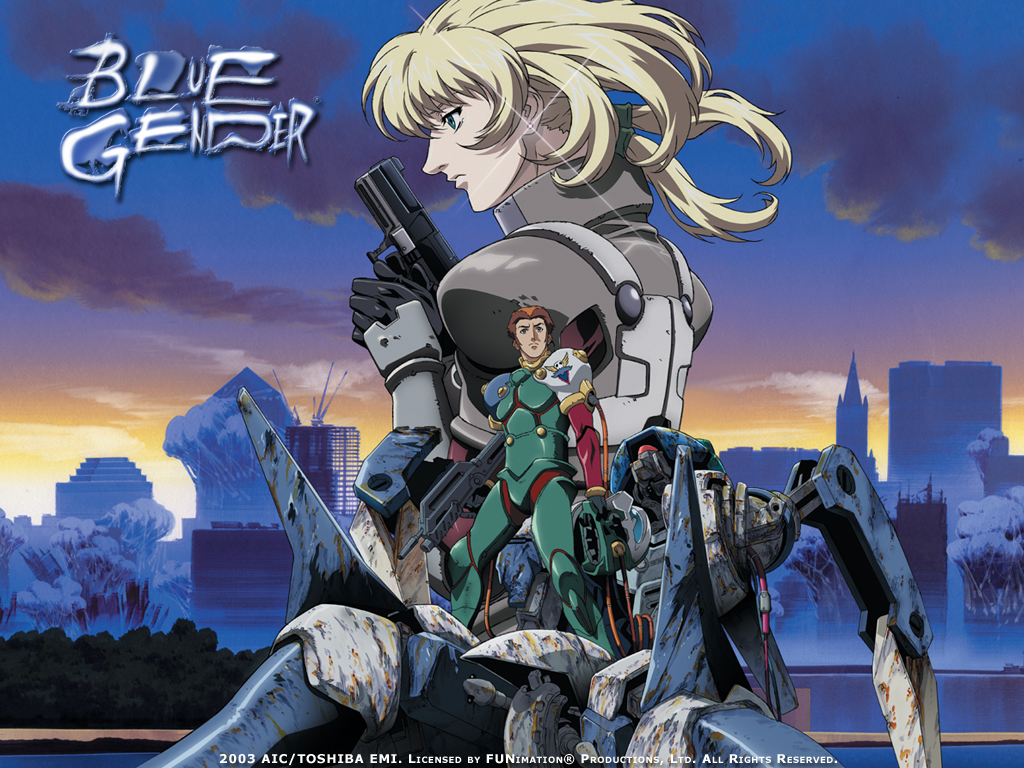
A classic premise of human versus monsters that push one’s limit to the max. But can our hero overcome that limit, or succumb to the unending fires of war.

An action-filled romcom that takes place in the vast space, Vandread is a story about a society divided. For some obscure reasons, men and women are forced to live separately on different colonies, destined to never come into contact with each other. Until the day Hibiki Tokai, our teenage hormone-filled male, decided to steal a Vanguard – a mecha used for the gender war. He then got caught in an attack by female pirates and was forced to journey with them when they all got thrown through a wormhole and had to look for a…
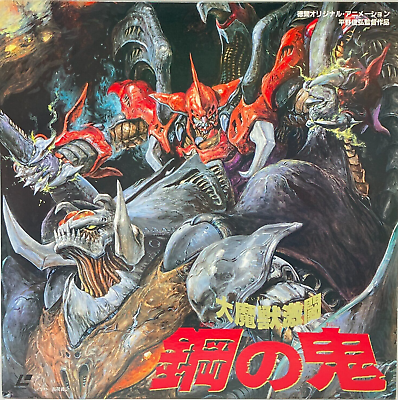
Daimajū Gekitō: Hagane no Oni (大魔獣激闘 ~鋼の鬼~, Fierce Battle of Colossal Beasts: Steel Devil) is a 1987 Japanese original video animation directed by Toshiki Hirano, with a screenplay by Shō Aikawa. Mechanical designs were handled by Kōichi Ōhata, and Masami Ōbari served as animation director. The story follows Takuya, who visits a research facility to reconnect with an old friend, uncovering their shared involvement in a mysterious experiment conducted three years earlier, in 1984.
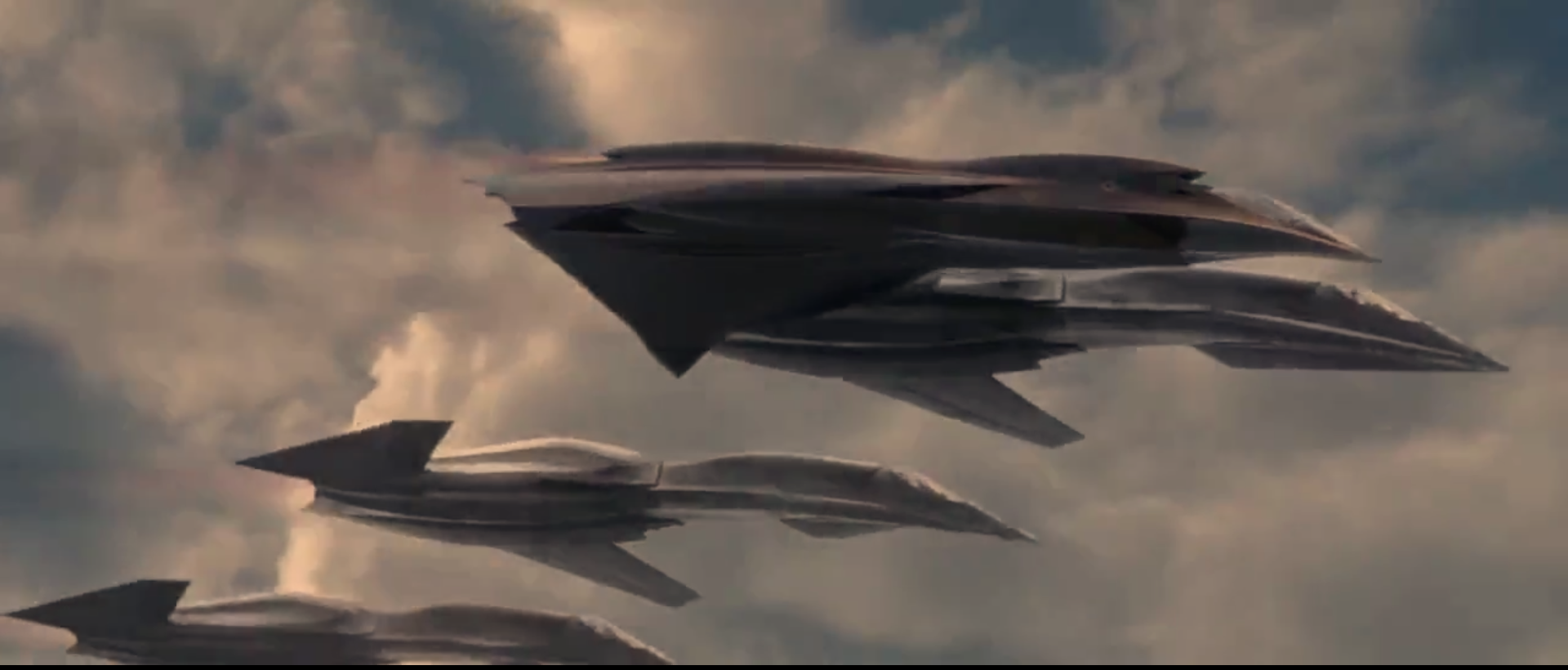
Let’s turn and burn! A movie about futuristic stealth fighter and AI-jet. Sounds familiar? This is Macross Plus live action with a sprinkle of Ace Combat and Yukikaze.
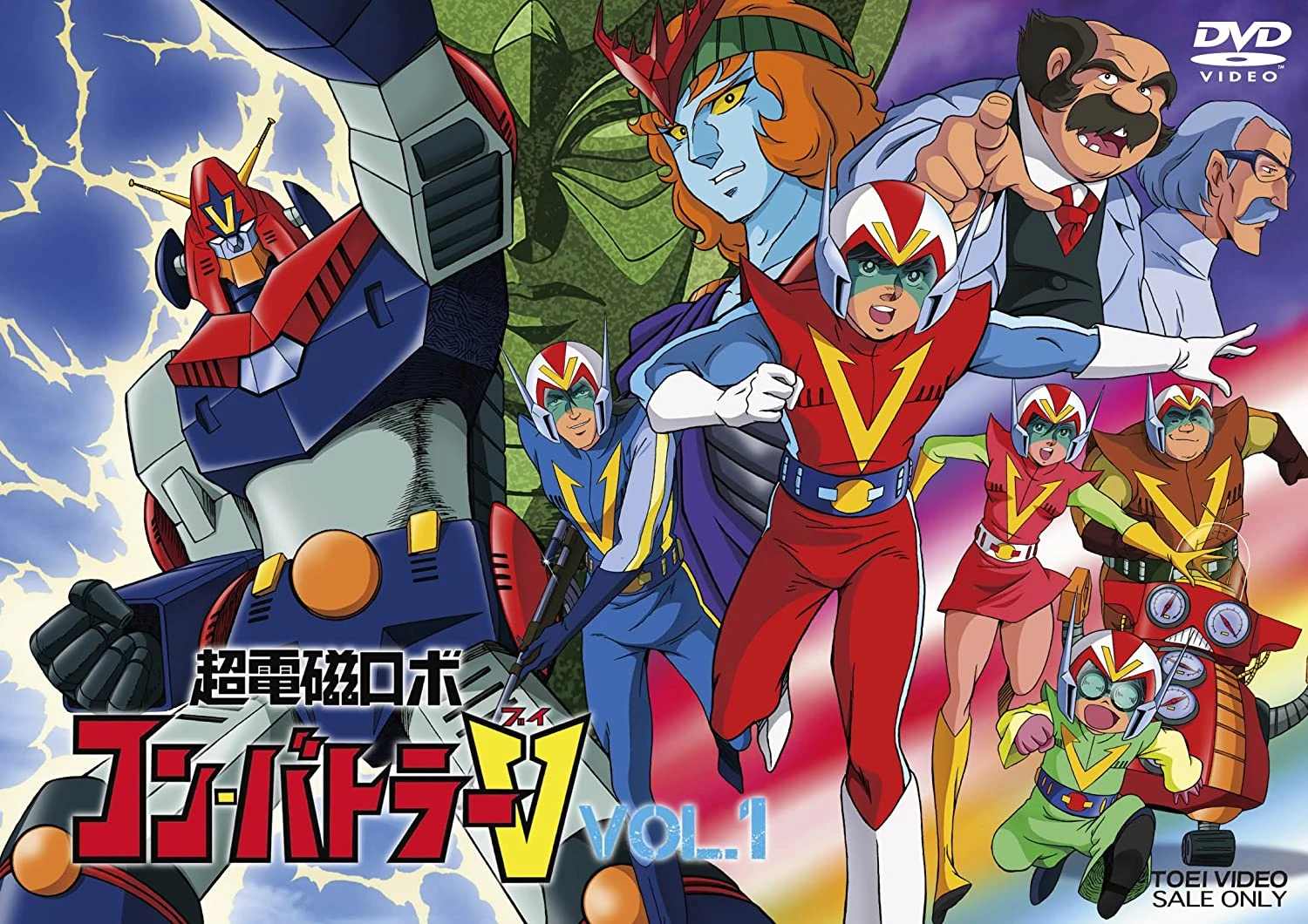
The first Super Electromagnetic robot! Combatller V combined a fast-paced Monster-of-the-week with dramatic development, taking advantage of the 5-man team format.
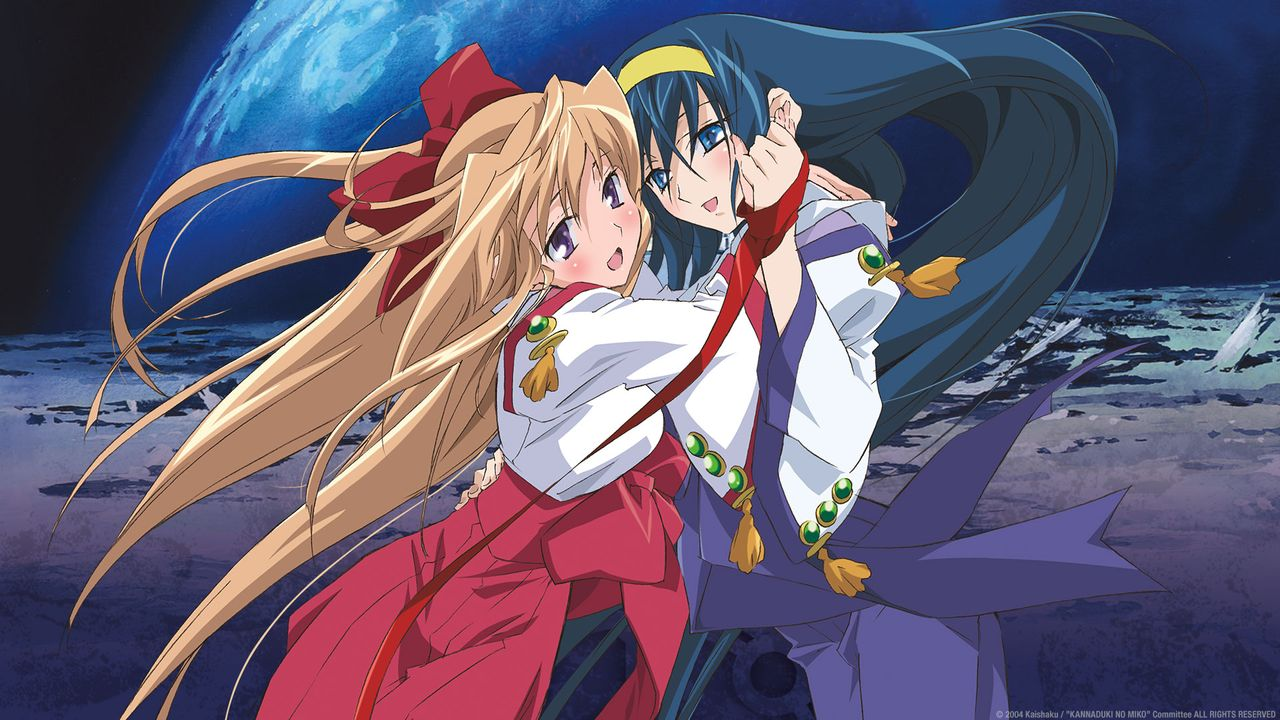
A combination between Japanese myths and mecha. An intricate relationship between 2 girls and one guy, with intense Super Robot combat in-between.
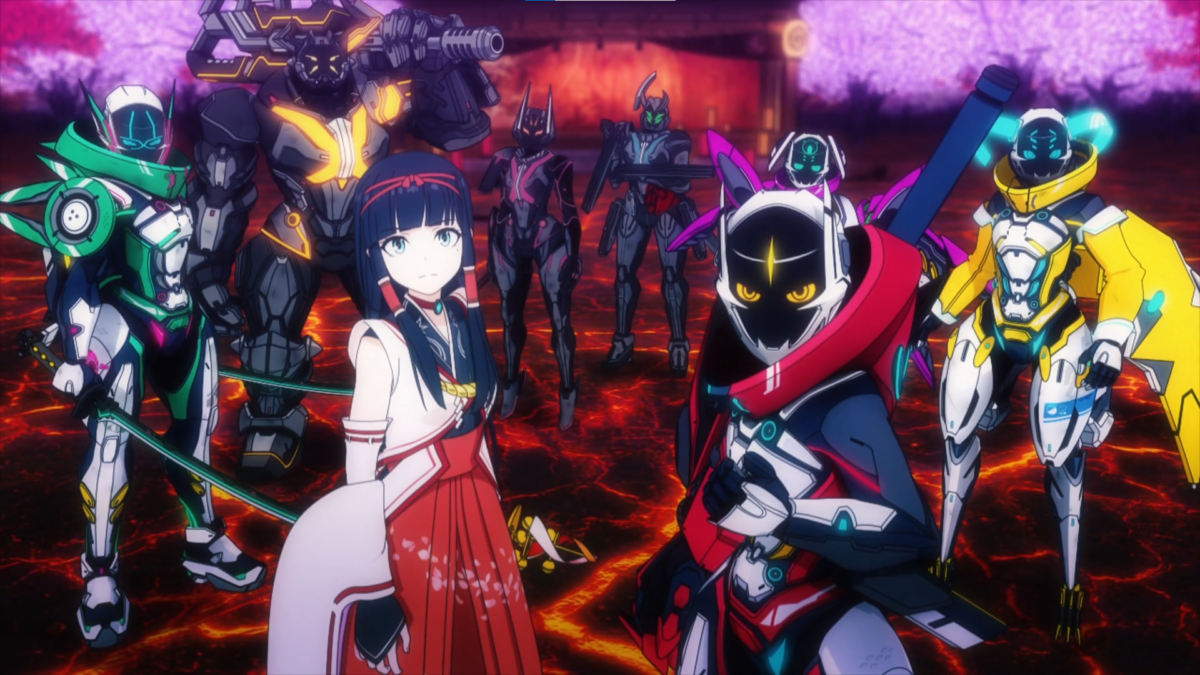
An original Toku-themed anime that is packed with action. While facing the challenges of full 3DCG animation, Shikizakura delivered an inspiring and emotional story for would-be heroes.

A chance to see the A.D Police from Bubblegum Crisis in honorable action. Two detectives take on cases of rampage Boomers, unraveling a sinister plot that can change the world.
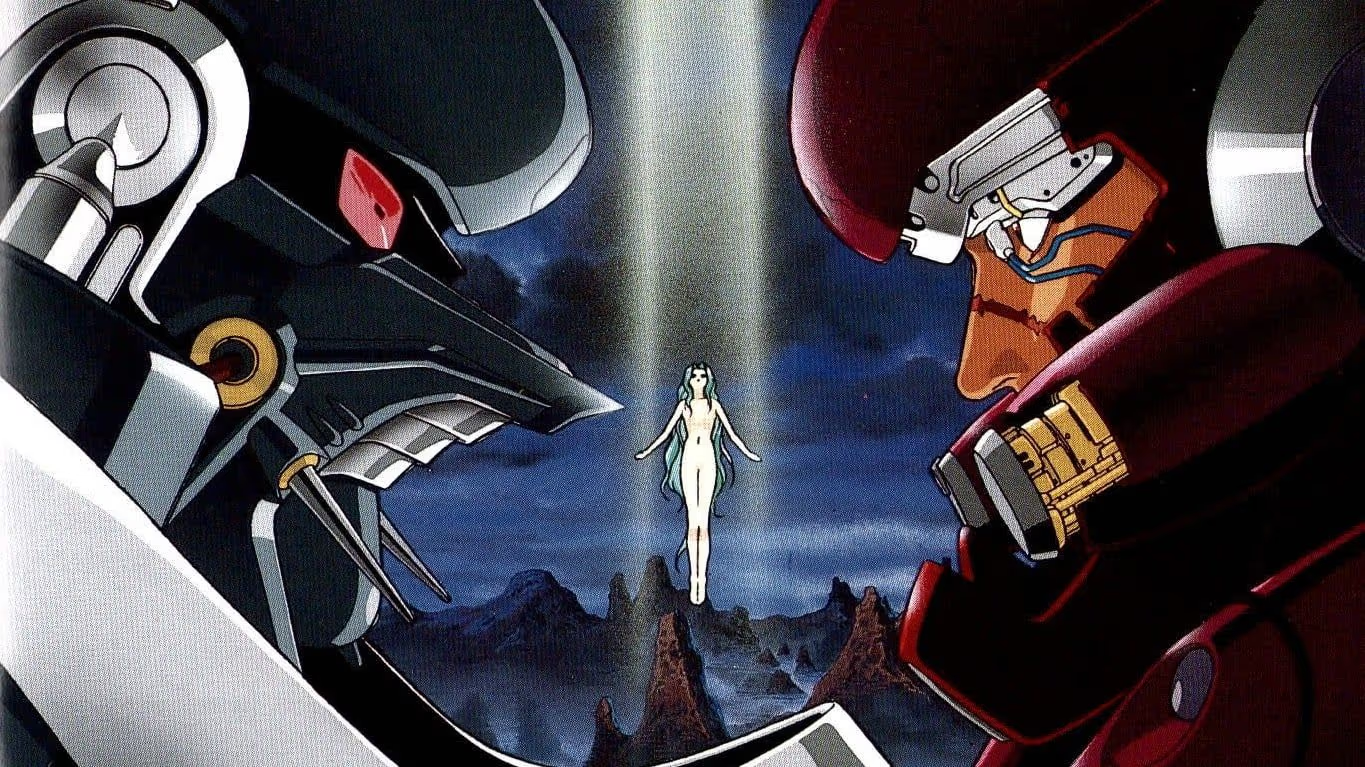
An apocalyptic tale of burning sand and monsters. A young man set out for vengeance, acquiring the usual hot chick and robot buddy on the way.
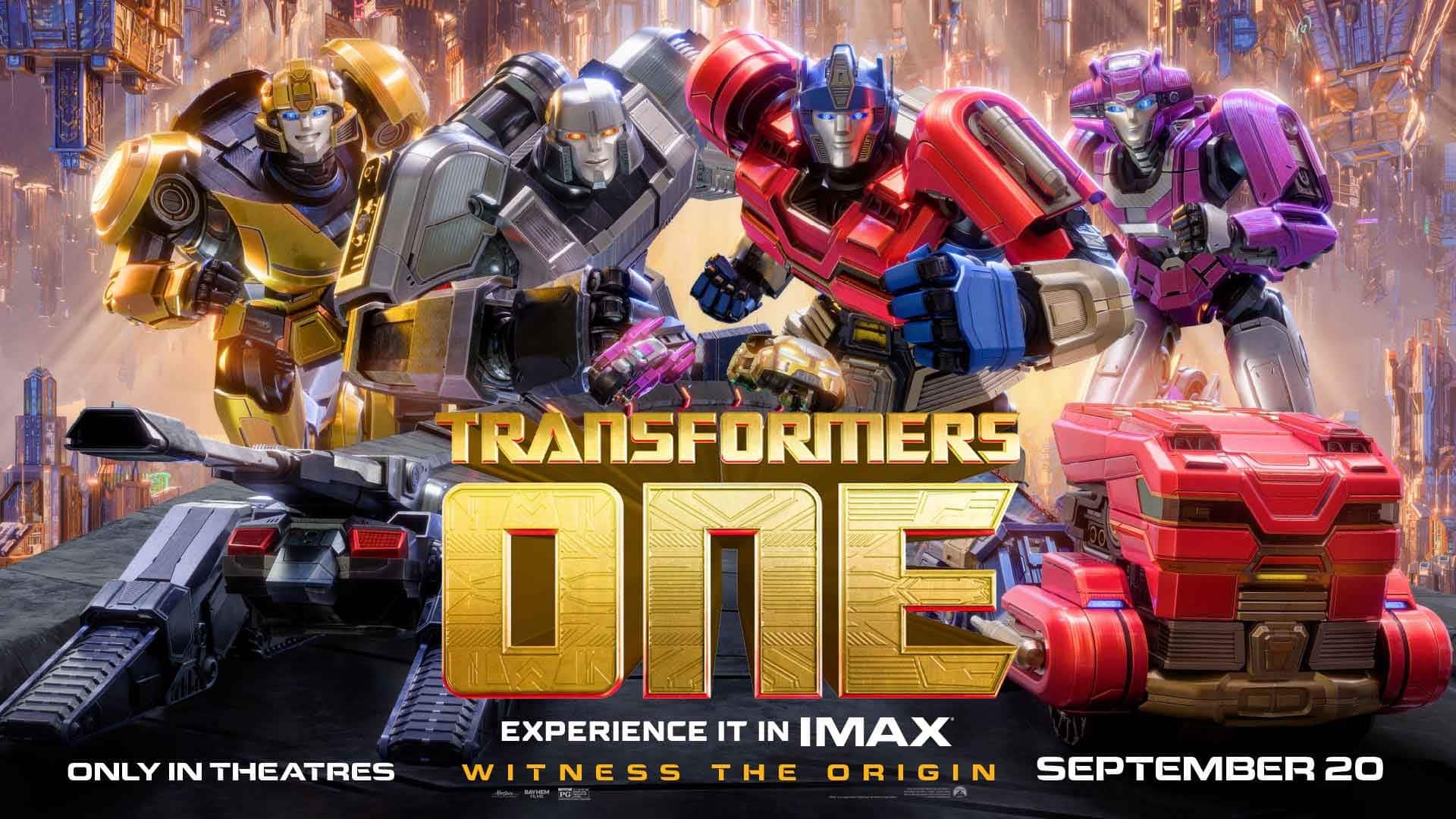
A refreshing tale about how the best of friends became sworn rivals. A vibrant, well animated movie where characters shine through their own merits, and bring a new wind to the franchise.
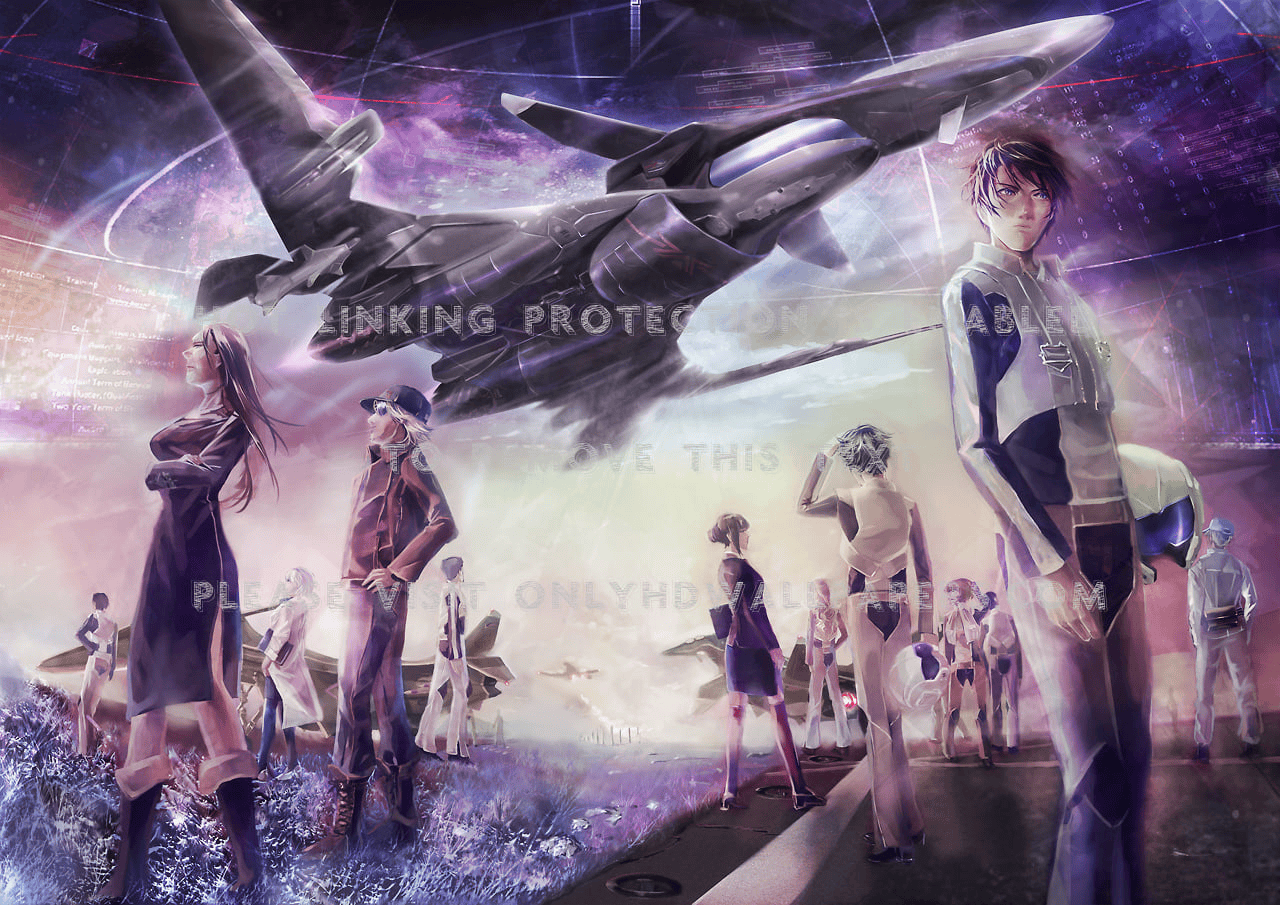
The fruit of collaboration with Japan Air Self-Defense Force, the air combat scenes of this anime is what set it apart

A futuristic world where sports are played in the most dirty way possible, a team of good-hearted robots gather to prove that good sportsmanship can prevail in any era.
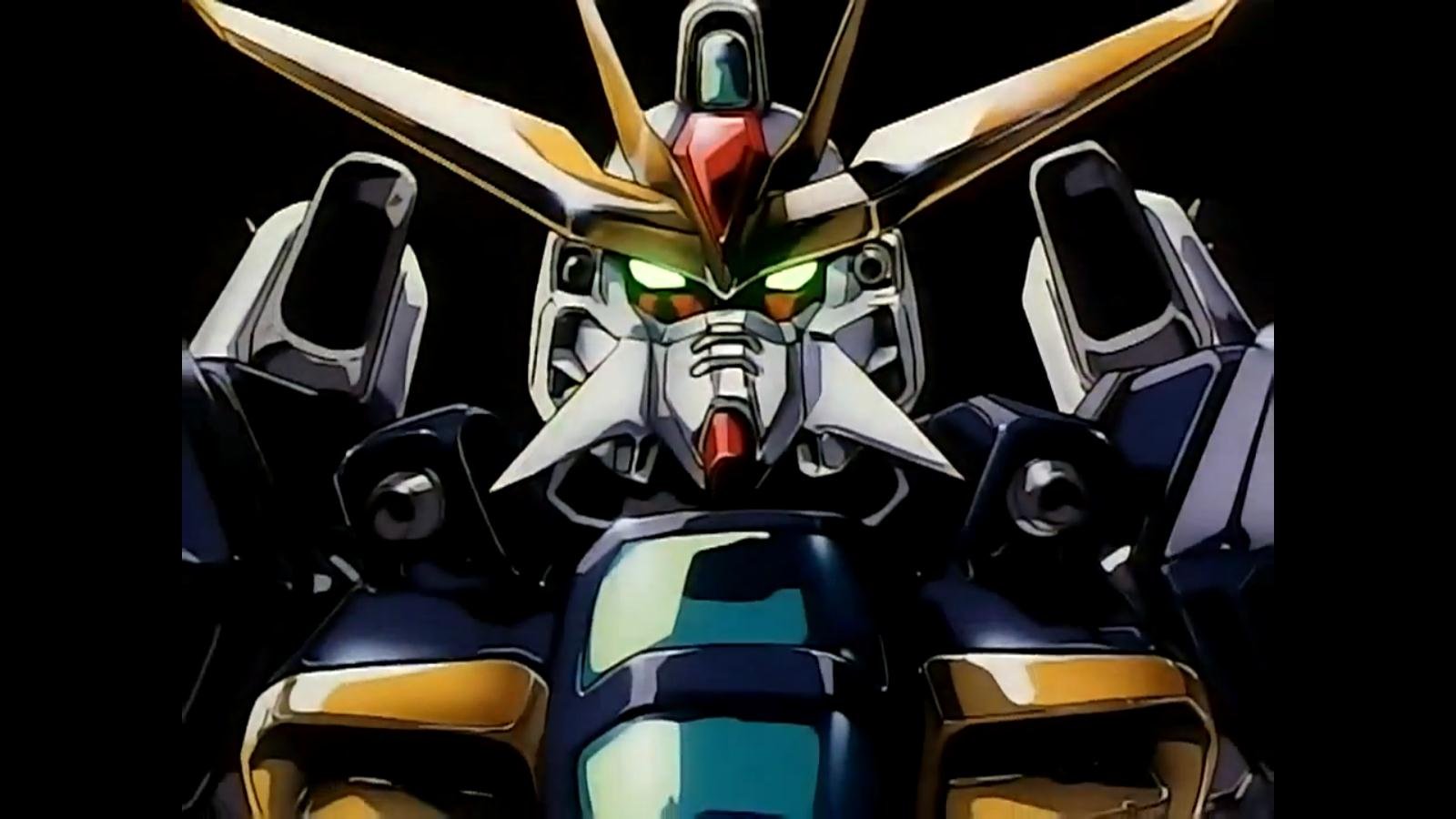
Despite often being overlooked by newer fans, After War Gundam X is a must watch for any Gundam lovers.

The fusion of Man and Beast and Machine. Dancouga became an iconic Super Robot that merged aspects of Super Robot with Real Robot.

Passion makes satisfaction. A group of student show what they can accomplish with a mecha short film that leaves you desperately wanting more!
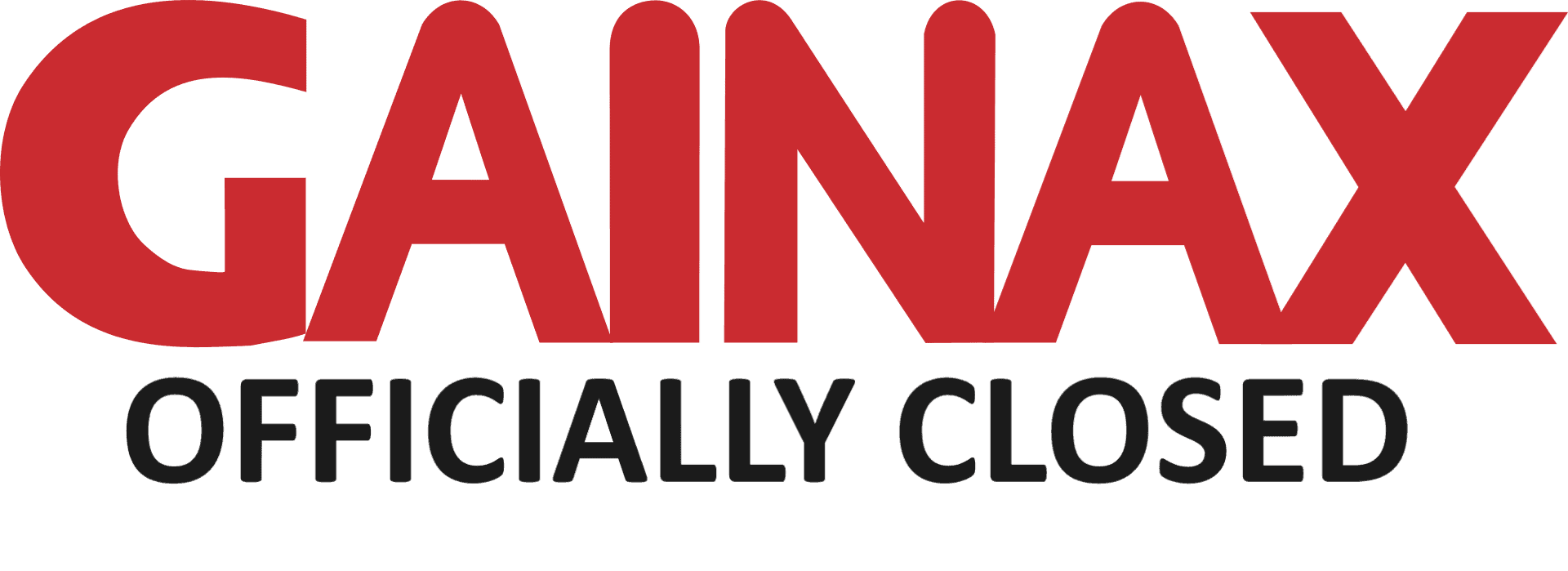
The end of a legend dragged through the mud from the peak of success. Studio Gainax is a regrettable case where high execs ruin a respectable legacy.
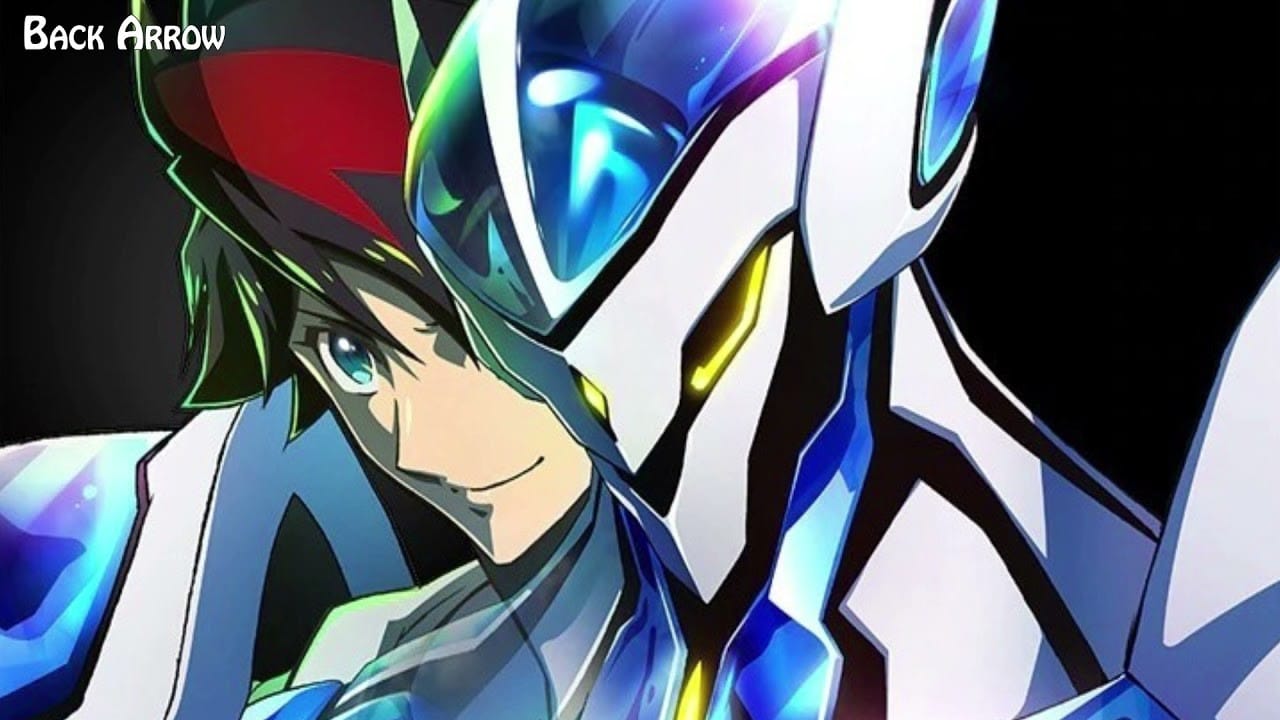
A man thrown into a stranger world naked ended up fighting against god. What more could you ask from a mecha show? Eh…maybe better writing?
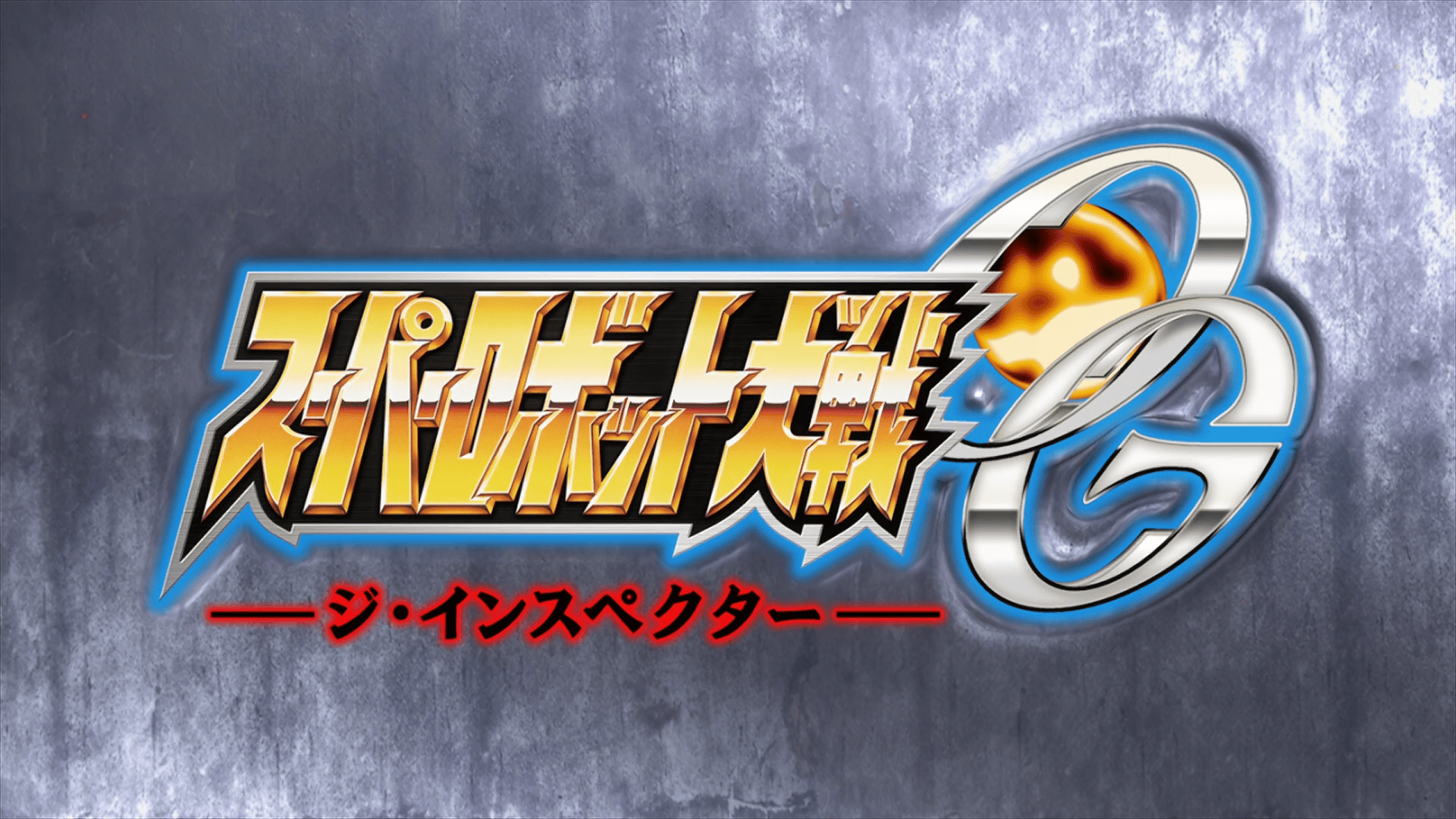
With utmost love for the Super Robot Wars series, Obari crafted one of the most prominent Mecha anime of modern generation.

A seemingly impossible task of building Mazinger Z hangar in real life. A ragtag team of a planning company assembled the Fantasy Division to turn fiction into reality.

A light-hearted series that turned into intense space opera. The Girl Who Leapt Through Space leaps through many genre to deliver a unique experience and turn everyone’s expectation upside down.

A desolate planet now submerged in liquid. A totally unique and fresh mecha series where all the robots are underwater. Oh and there’s also a talking whale.

A love story that spans through 12000 years. The war between Angels and humans fueled by passionate emotions. Shoji Kawamori shows us why he’s the master of the sky.
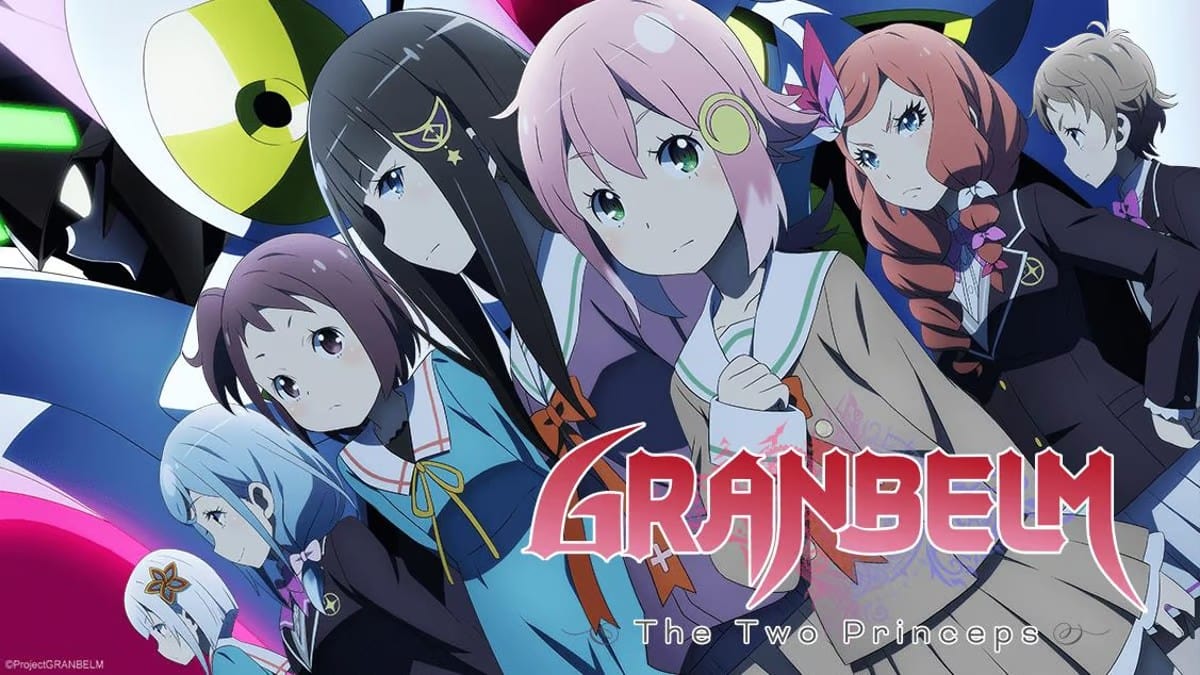
What happens if we mix Mahou Shoujo, Mecha and Battle Royale into one? We get Granbelm – an emotional story about the lives of young girls entangled in an ancient war.

In the city of smoke and steam, a young kid works as a detective alongside his nurse and butler to protect the peace. An old classic for fans of the steampunk style.
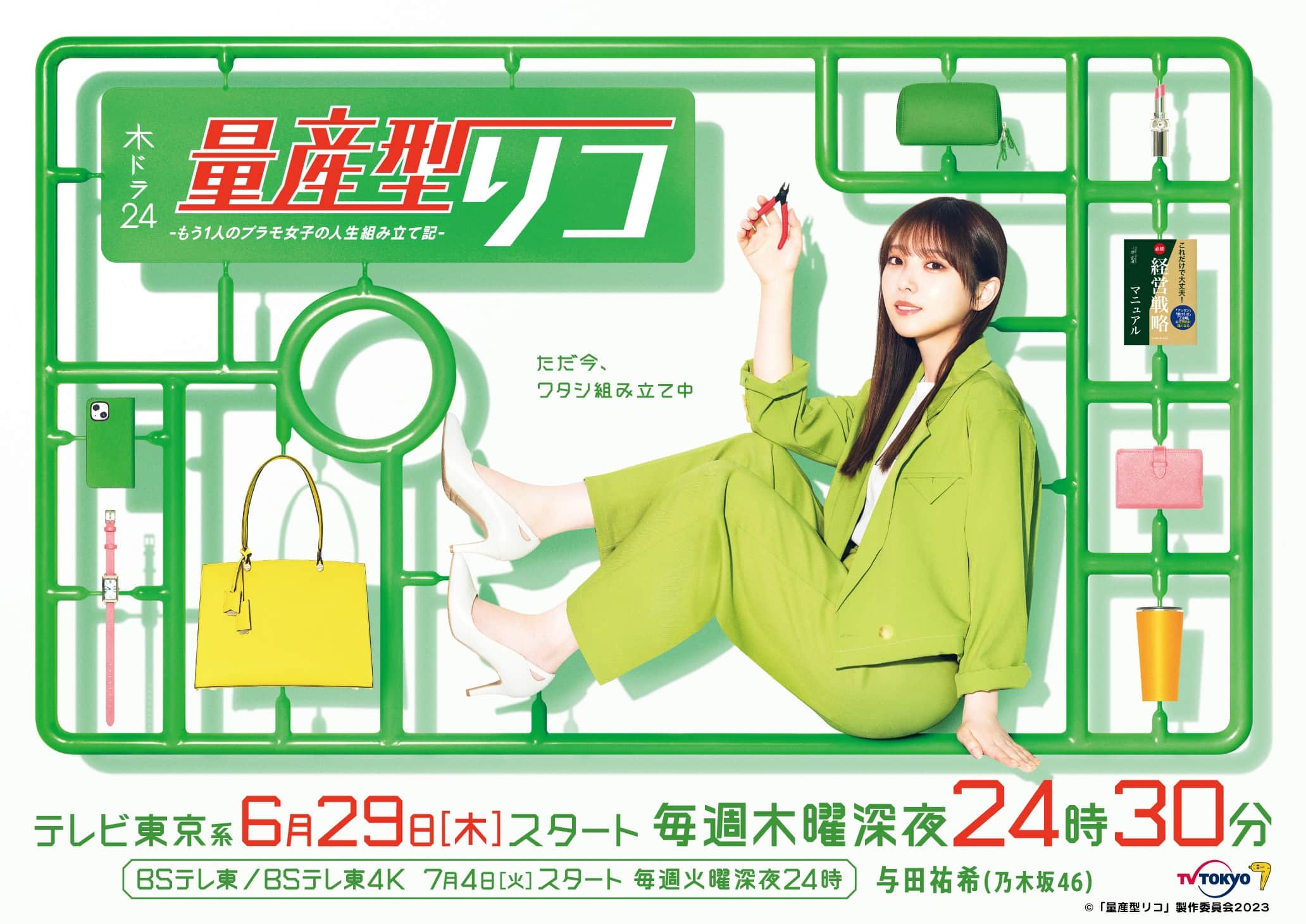
The 2nd season of the lovely Mass-Produced Riko series. Join Riko and co as they embark on an all new venture, while drawing interesting lesson from building plastic models.

The long-awaited continuation of the mecha isekai of pain. Season 2 of Muv-Luv Alternative is definitely trying to woo you by slamming intense scenes at you – but is it worth it?

One of the most difficult to adapt Mecha series, Muv-Luv Alternative anime started off with a questionable season, but you should still check it out.

A remake of another Tatsunoko hero. The Space Knight returns with a completely new story, design and brings us on an emotional journey of a tragic hero.

An OVA that took place between the movie and Exodus, Behind The Line shows us how the characters mature throughout the season, with a hint of retrospective nostalgia.
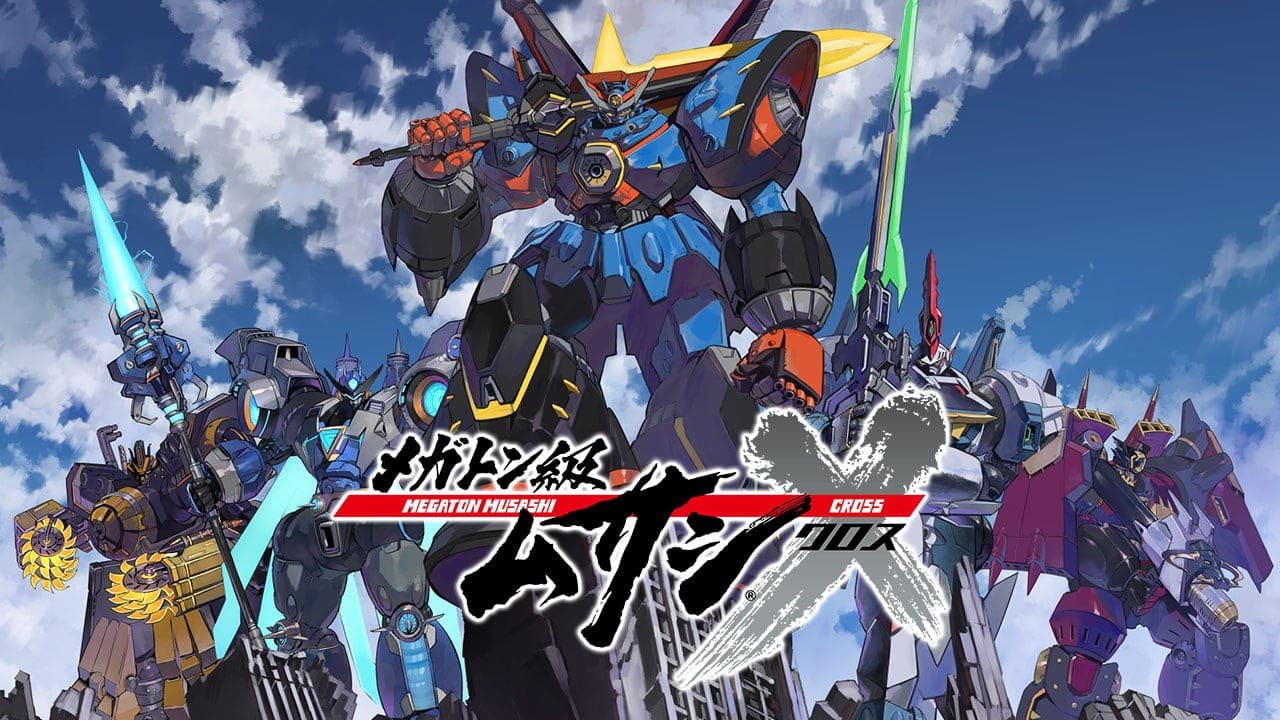
The continuation of the hot-blooded saga, this time filled with emotional drama and even more badass action. A great video game adaptation but not without flaws.
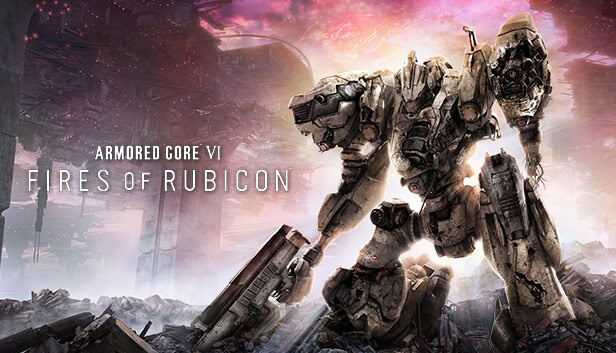
The long awaited legend’s return that satisfy all mecha fan’s longing for a good game. Armored Core 6: Fires of Rubicon is an experience you have to play to believe.
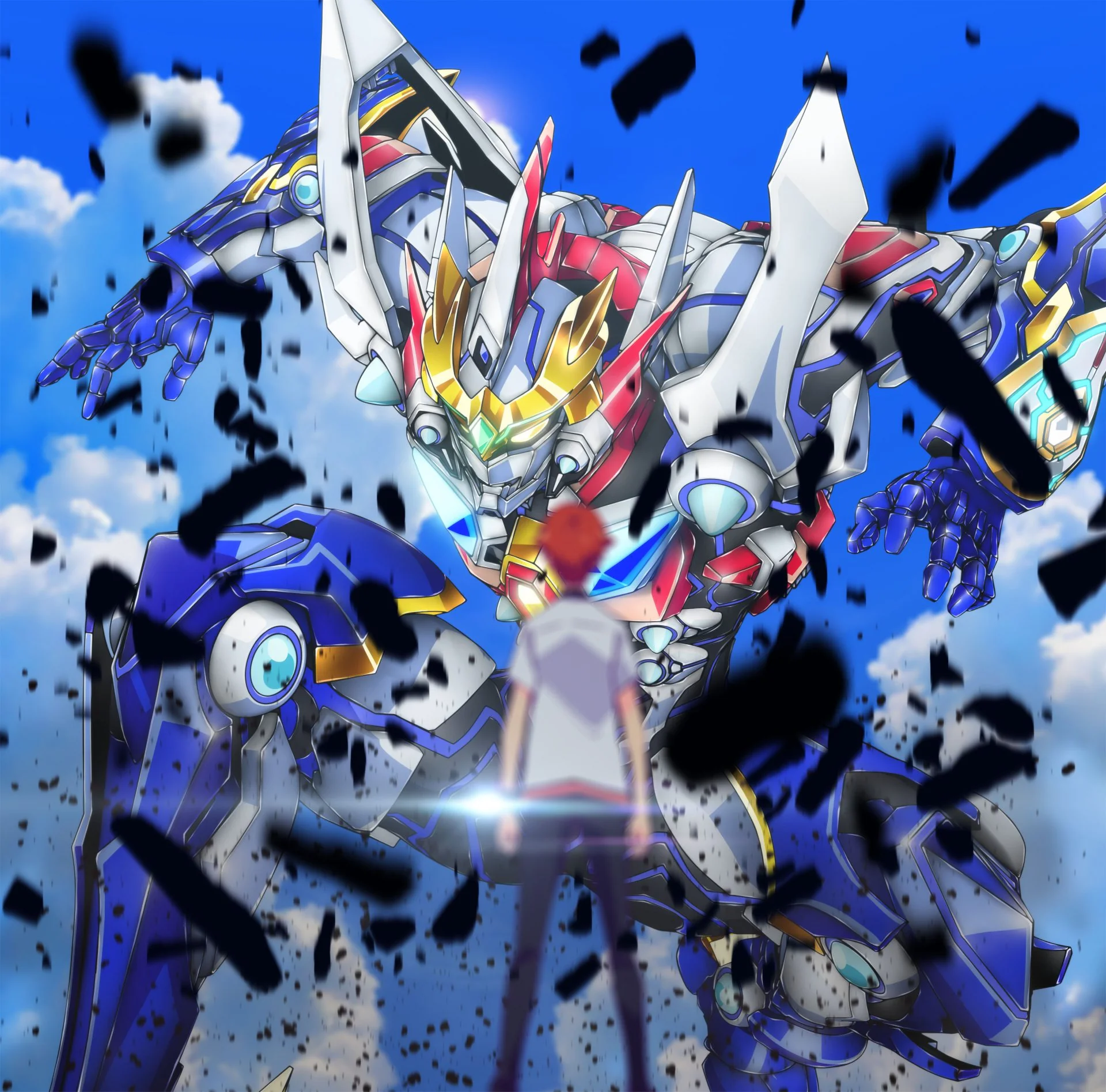
Universes collide as the cast of Gridman and Dynazenon is caught in a dimensional anomaly. But what’s more troubled is Yuuta – who has to become Gridman again with a troubled heart.
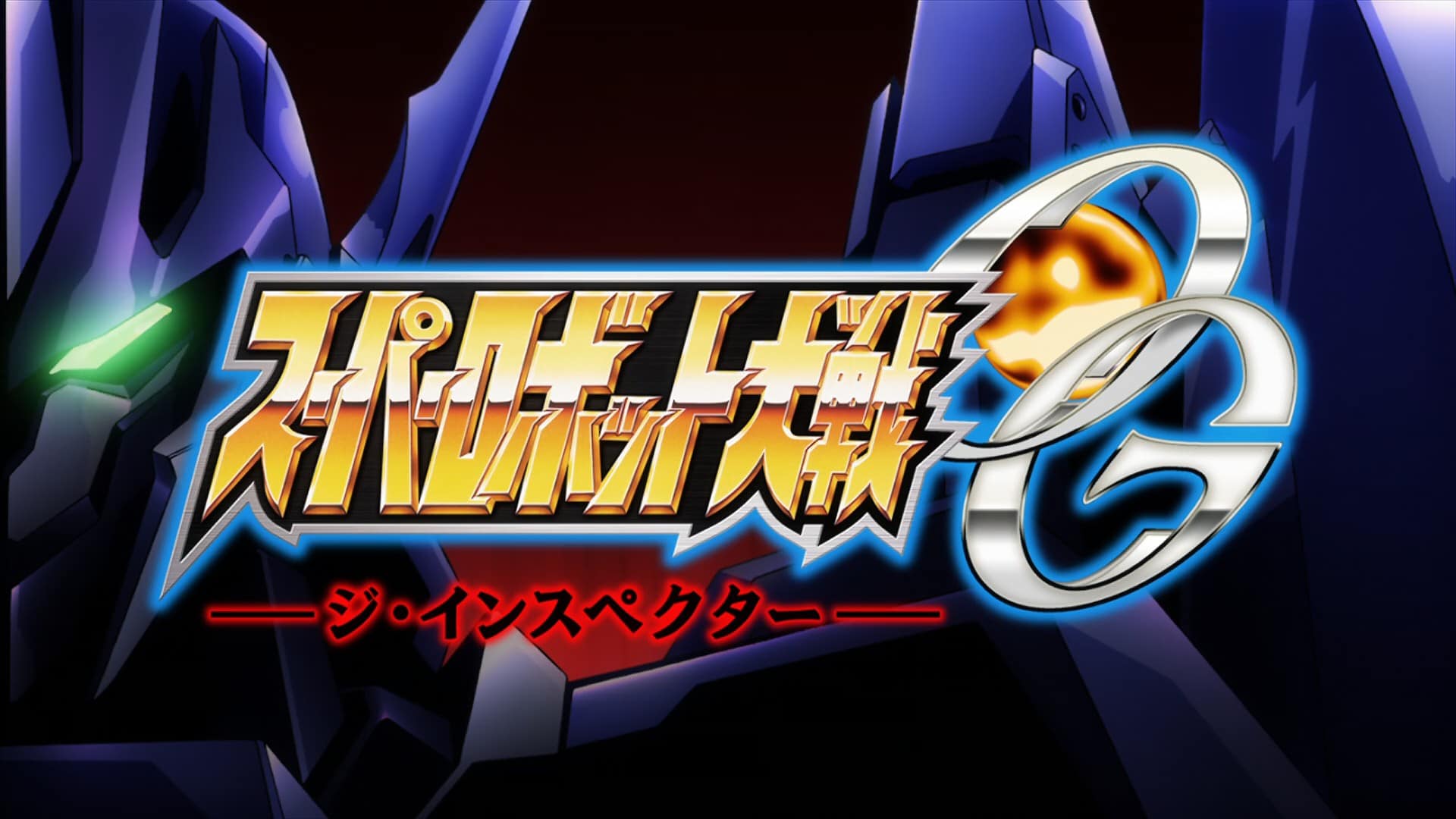
When you talk about the most badass mecha, you have to mention SRW OG and Masami Obari. And when these two combine, you get the best SRW anime of all time.
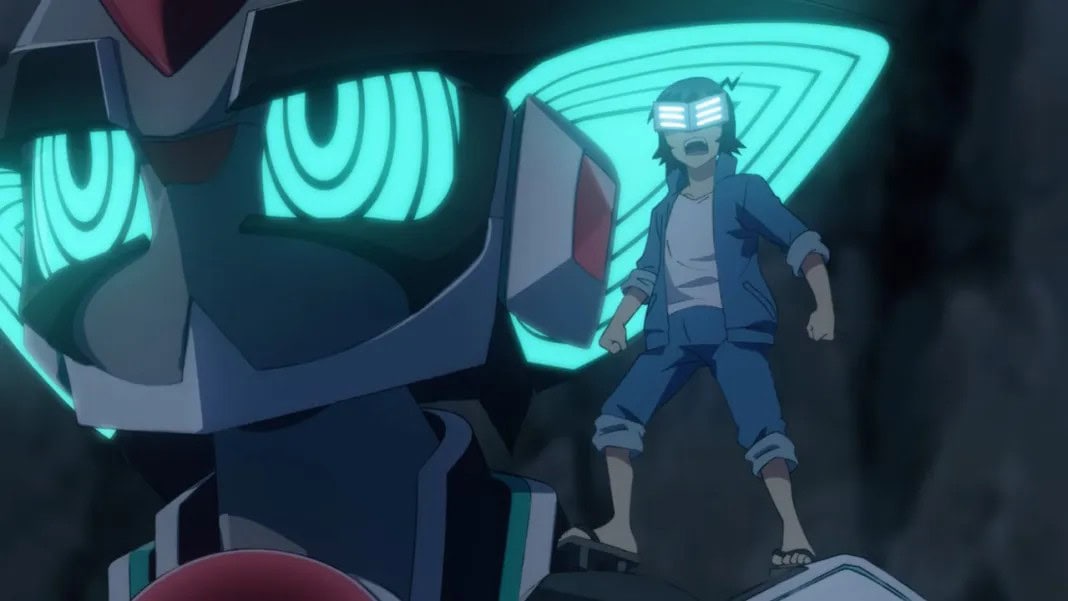
A unique series where the true pacifism versus justice. A bold premise and interesting gimmick make Planet With a very selective series in terms of audience – but it definitely deserves a chance.

From the studio that created Buddy Complex and Valvrave, Cross Ange is another Sunrise’s original that challenges the limit of its audience once more .
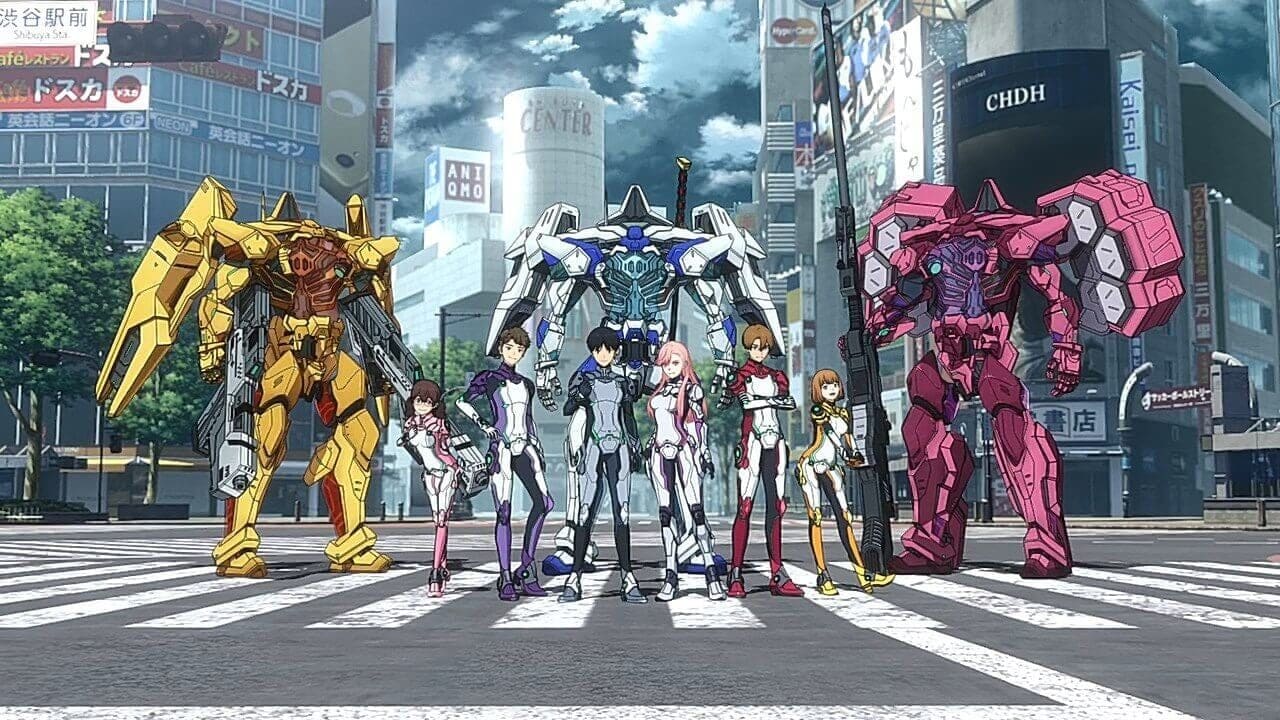
What will you do if you’re teleported to a time with giant grotesque monsters? For teenage student Daisuke Doujima, it’s a perfect chance for him to become a hero, and a saviour. But can he?
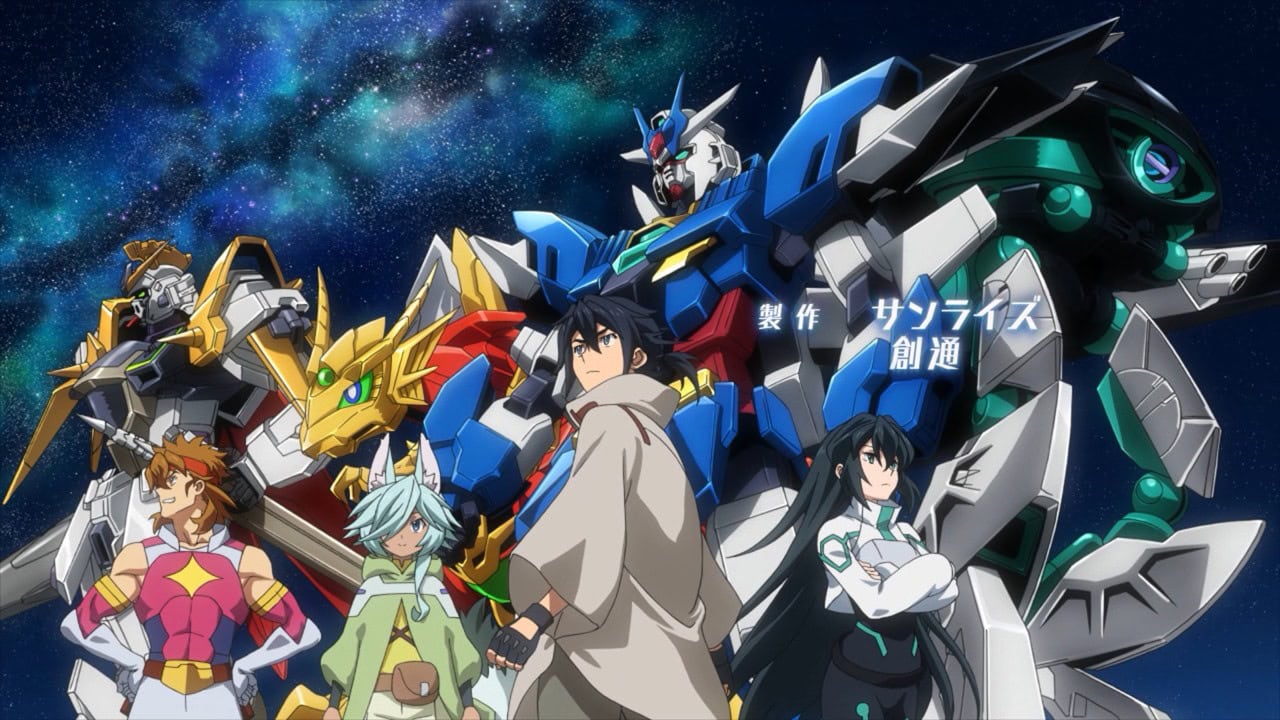
After 2 lukewarm series, Gundam Build rose to form again with Re:Rise. A story with deep characterization for a diverse and likeable cast and awesome Obari action.

Time to go digital! Build series is going full SAO and virtual with Build Divers – a light-hearted series and fun to enjoy without the need to complicate things.

The Super Graviton God is back! And this time the threat just got more vile. But Gravion also receive an upgrade…in true Obari fashion. Let’s see how the sequel holds up!

Following GBF, Sunrise wanted to capture the magic with TRY. However, they fell just short of greatness but still create a series with amazing Gunpla battles.
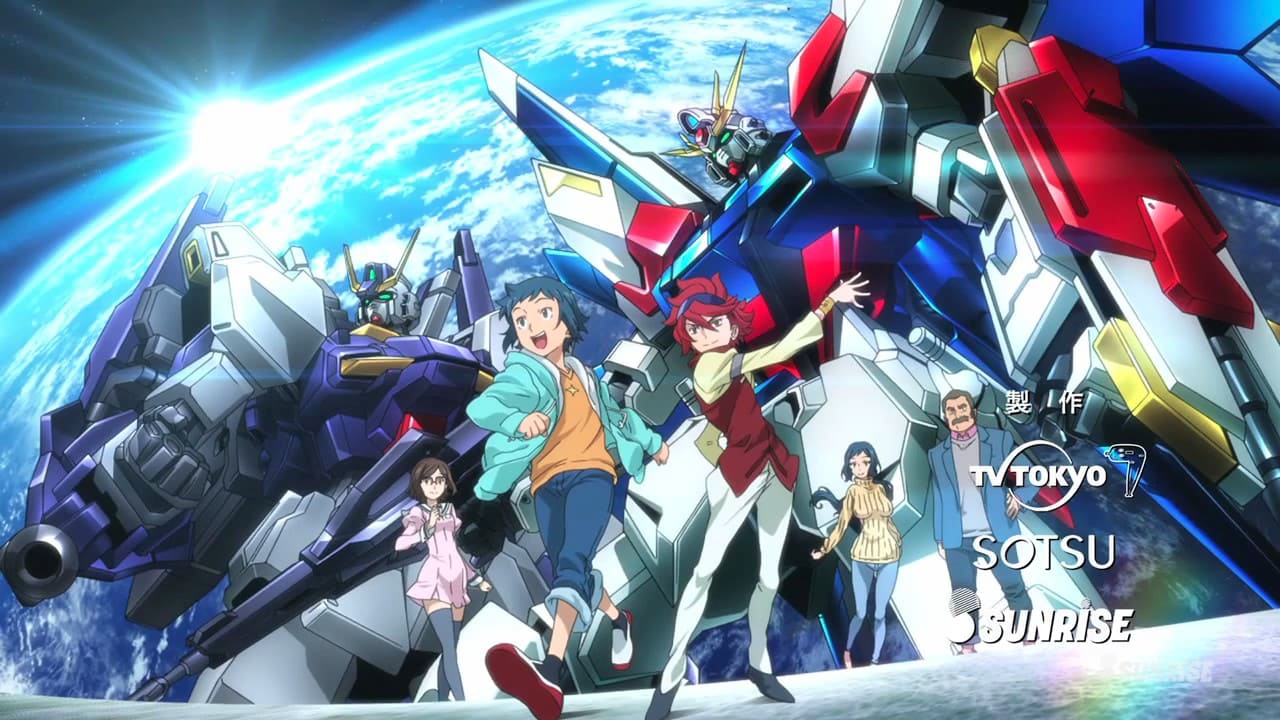
A hobby turned combat sport. Sunrise’s effort to attract new fans turned into a compelling series with gorgeous battles featuring iconic MS from the franchise.

The first animated Build series, Beginning G opened up new venues and excitement for the hobby, with light-hearted yet intense traditional MS battle.
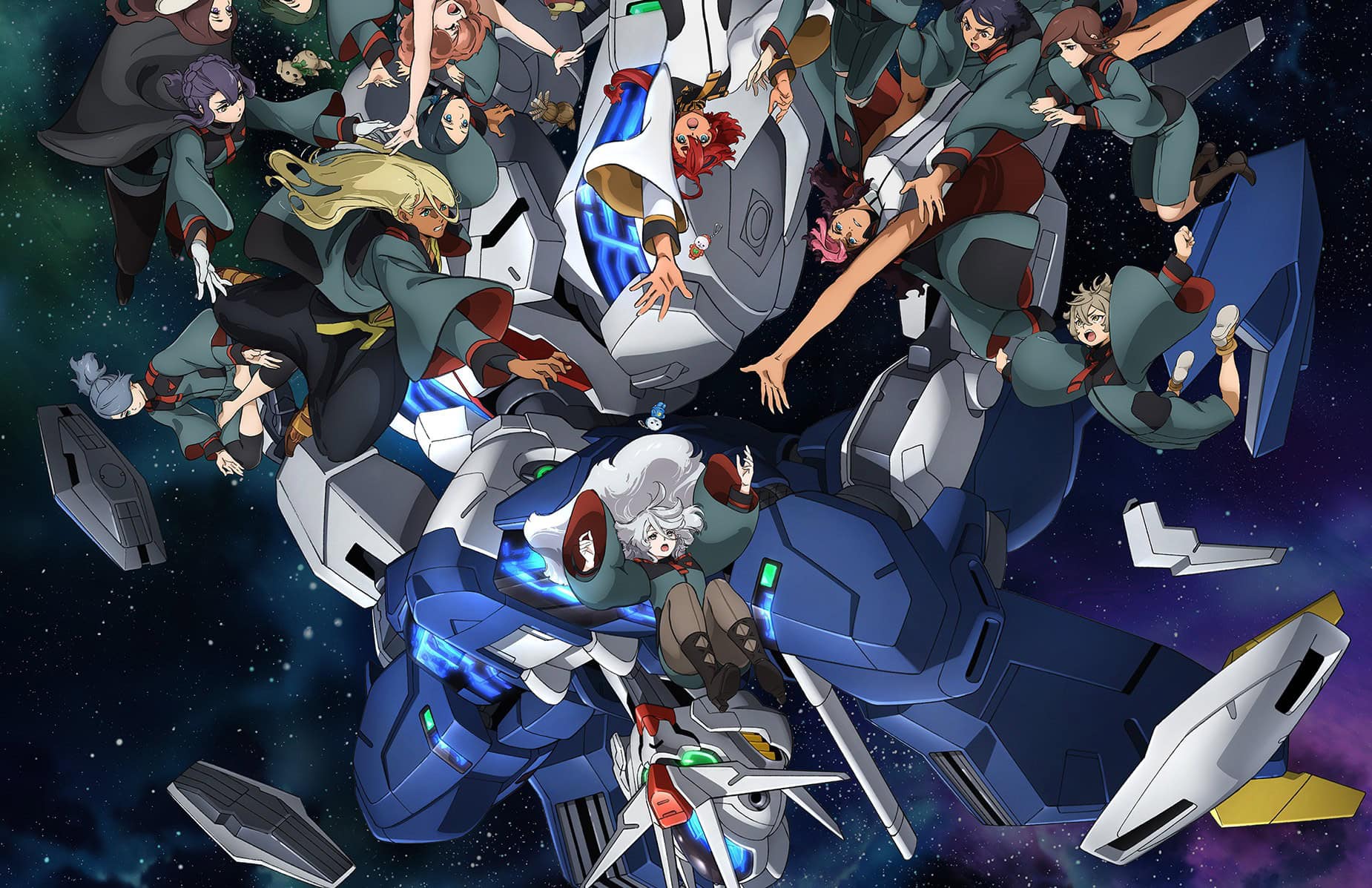
The shortest tv series Gundam ever, but was one of the most popular. G-Witch put Gundam back on the mainstream map, but do fans love it like non-fans do? The answer is quite divisive!

A heavy-weight in Masami Obari’s repertoire. Choujuushin Gravion is average in production quality, yet it is imbued with the spirit of the most badass over-the-top director of all time.

Do you want a Gundam series with a brighter tone but still has banger battles? Then Metal Armor Dragonar is a perfect series for you!

A Super Robot versus Alien mecha series, but this time it’s also infused with the intricacies of human’s most sacred bond: Marriage. Godannar put that relationship to the test!

A series about building regular model kit, and using them to find inspiration in life. A very uplifting and chill series for mecha fans to change their perspective on their hobby.

The sequel to SEED – a series that brought Gundam on top of the radar. Destiny is a sequel that earned both the intense love and hate within the fandoms.

